-
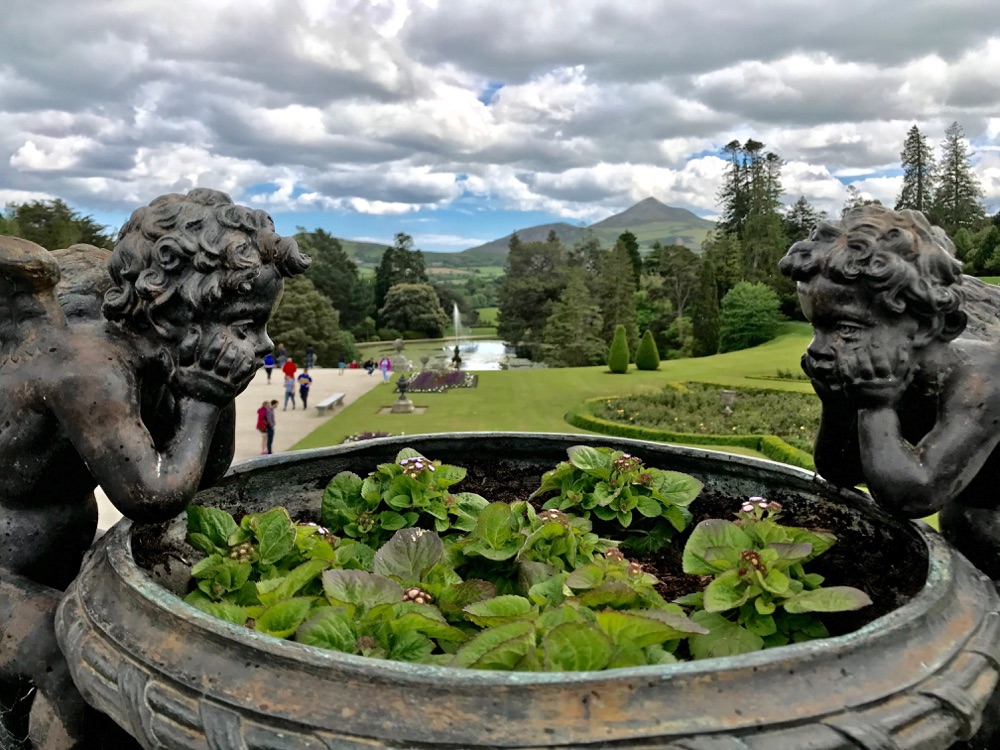
Powerscourt, County Wicklow, Ireland
-
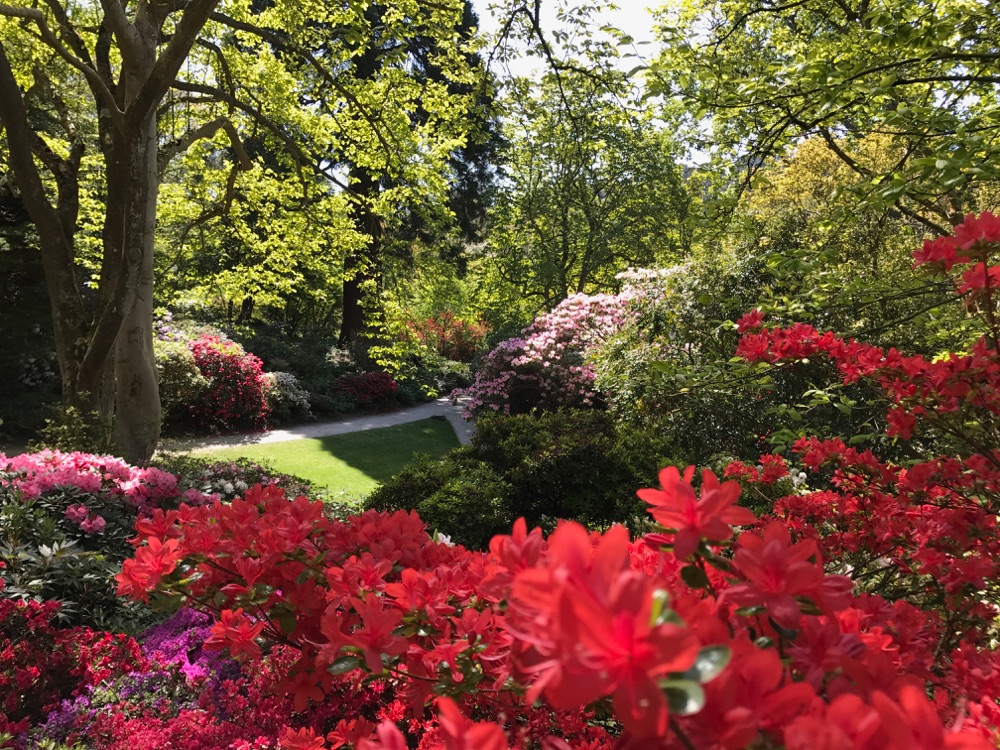
Bodnant Garden, North Wales
-

Isola Bella, Lake Maggiore, Italy
-
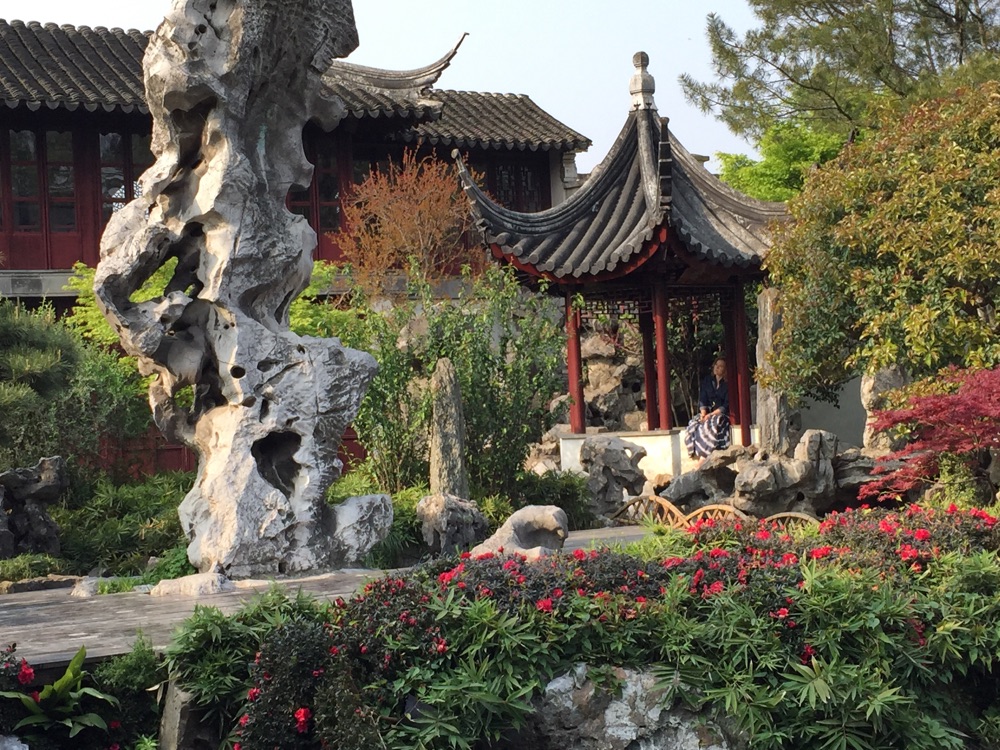
Lingering Garden, Suzhou, China
-
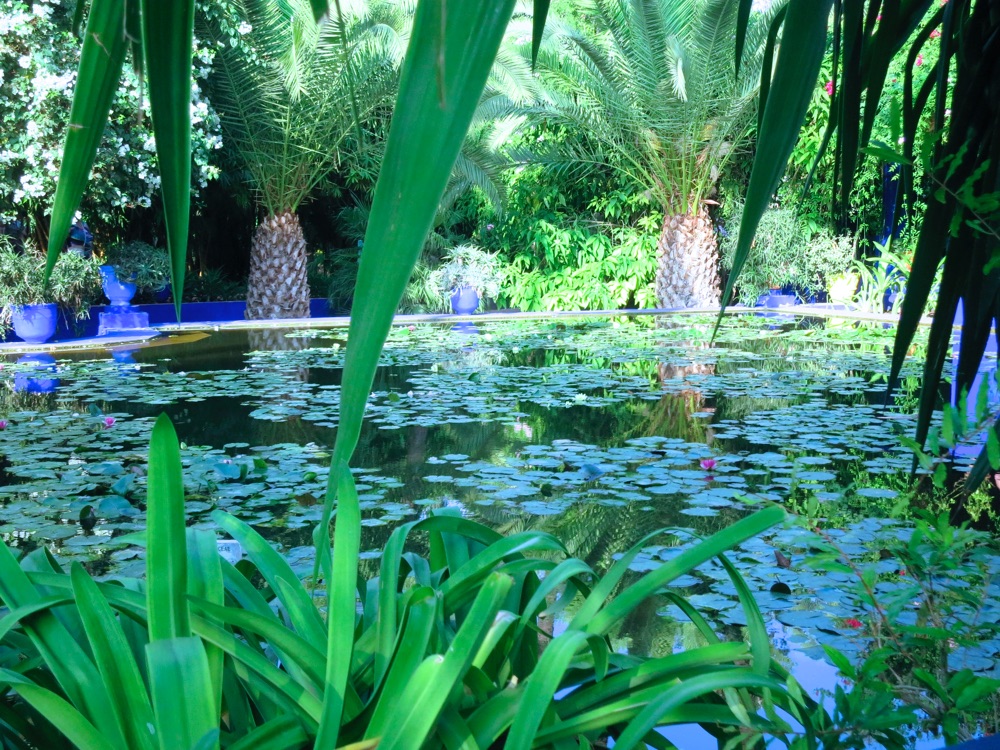
Majorelle Garden, Marrakesh, Morocco
-
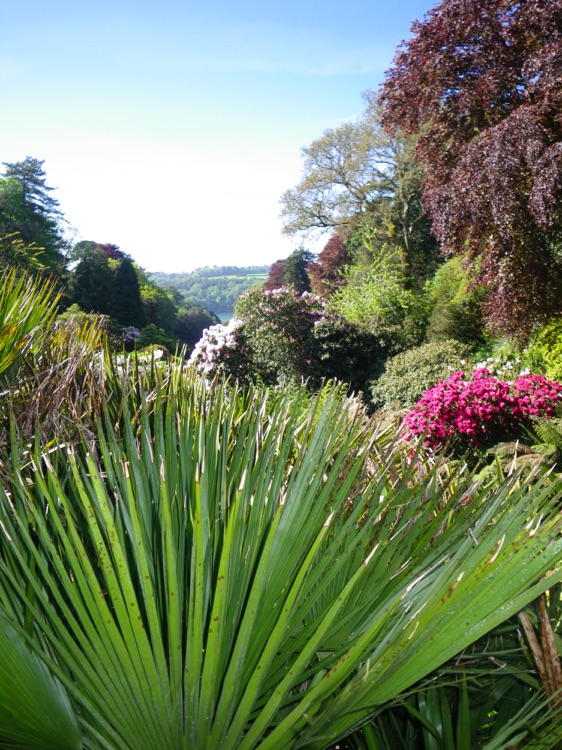
Trebah, Mawnan Smith, Cornwall, England
-
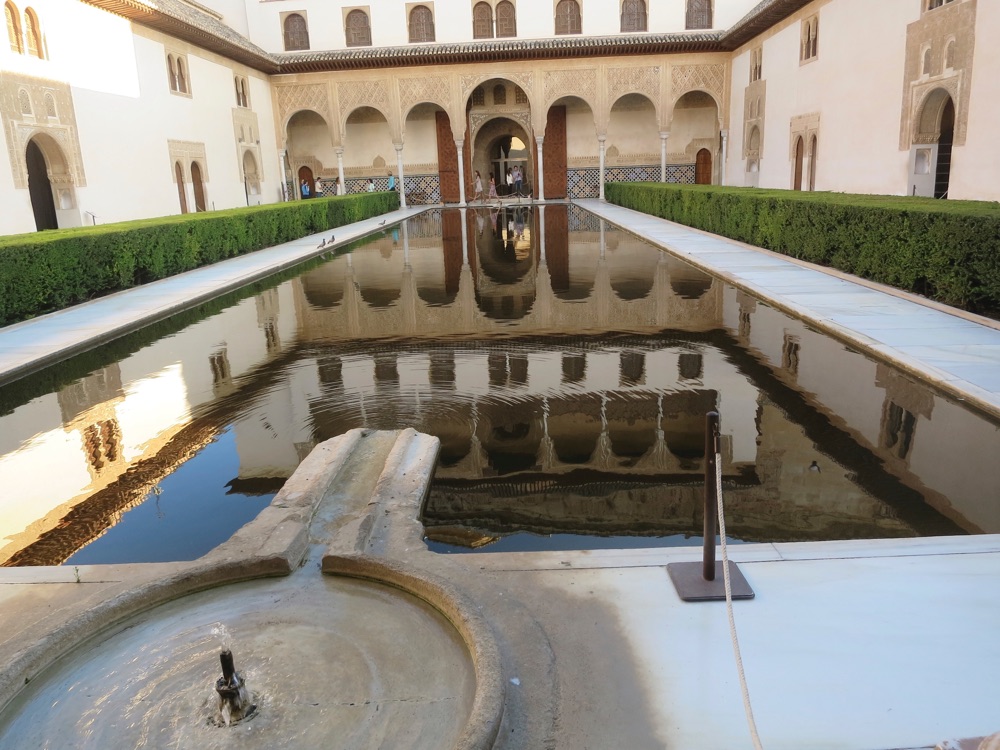
Myrtle Courtyard, Alhambra, Granada, Spain
-
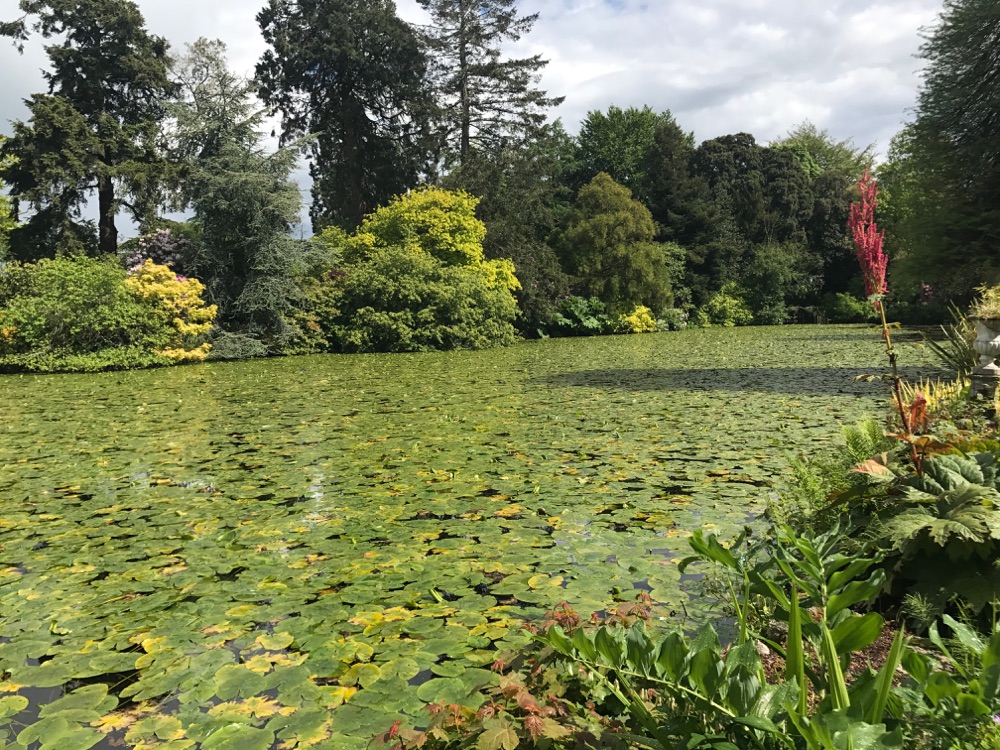
Altamont Gardens, Carlow, Ireland
-
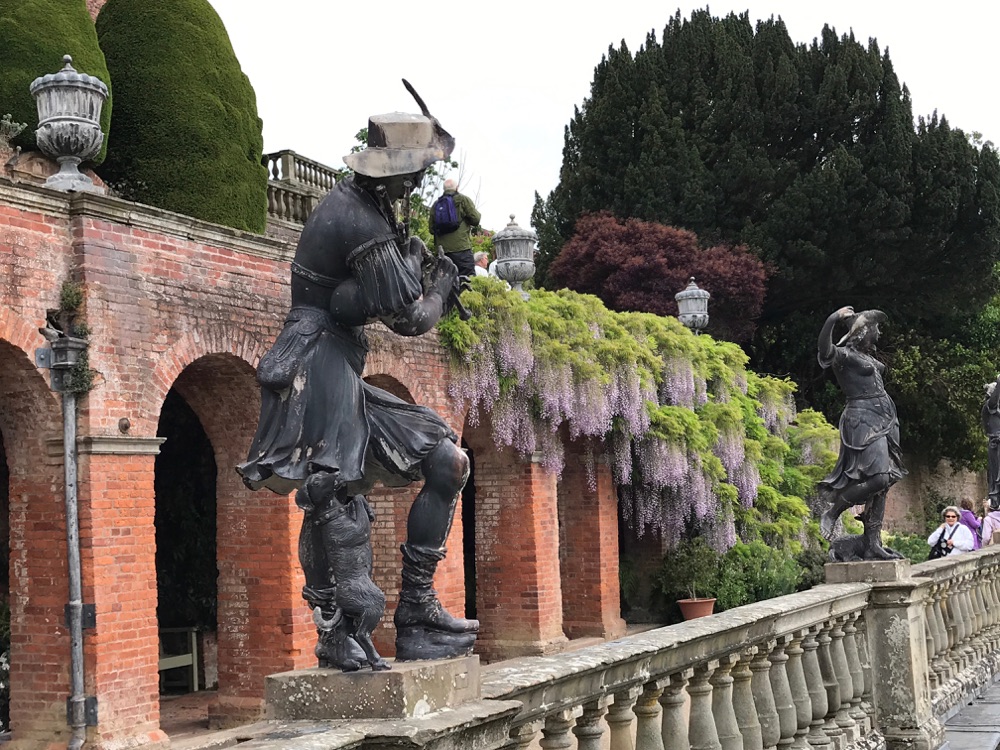
Powis Castle Garden, Welshpool, North Wales
-
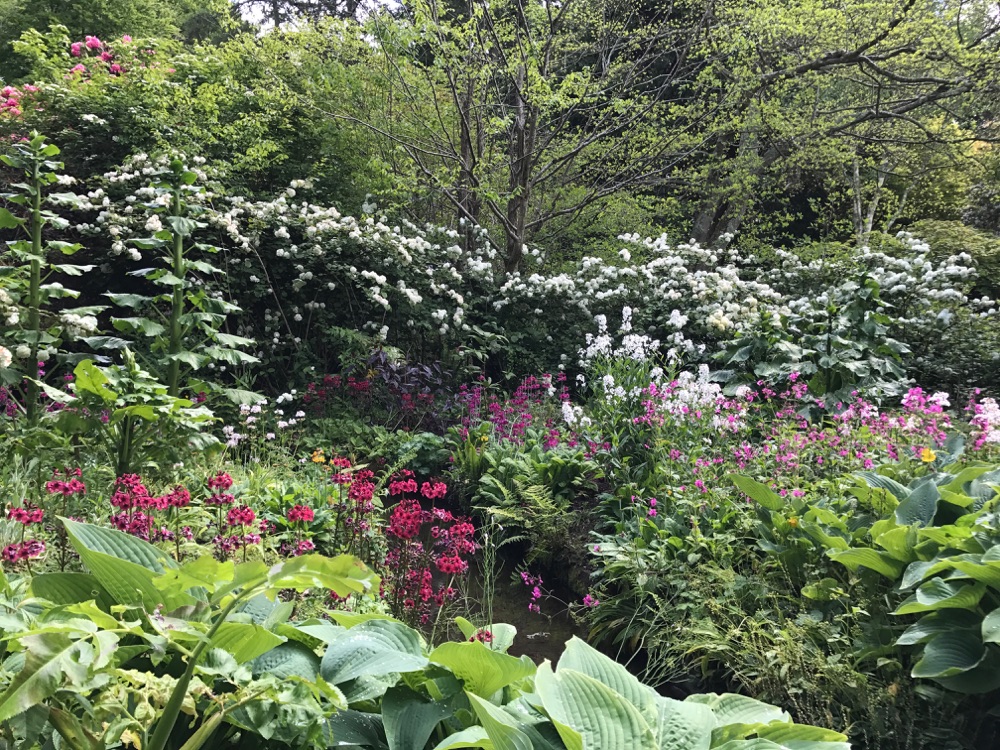
Mount Usher, County Wicklow, Ireland
-
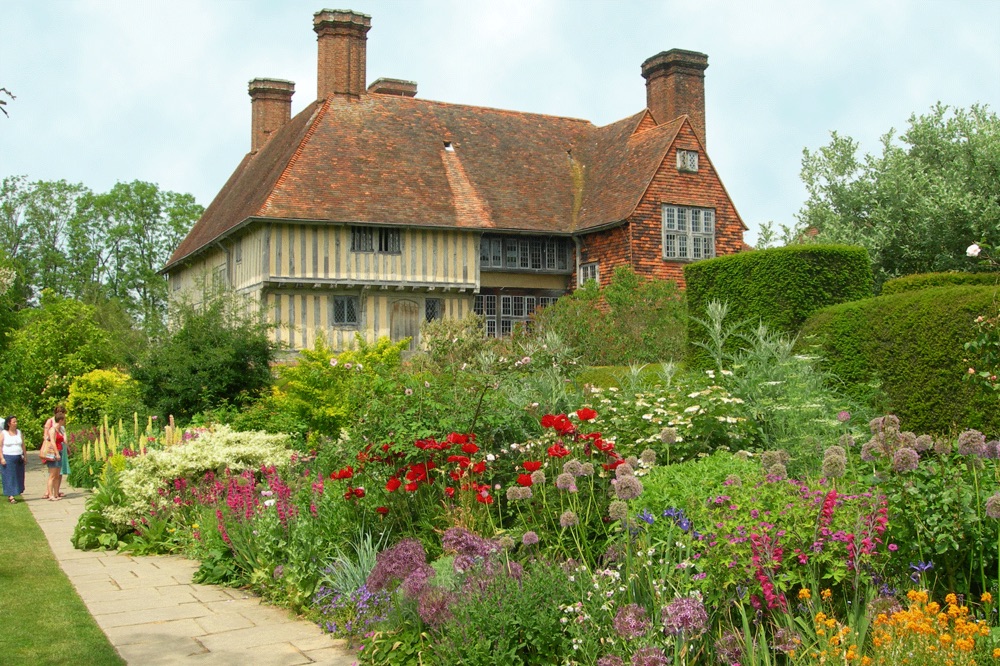
Great Dixter, East Sussex, England
-
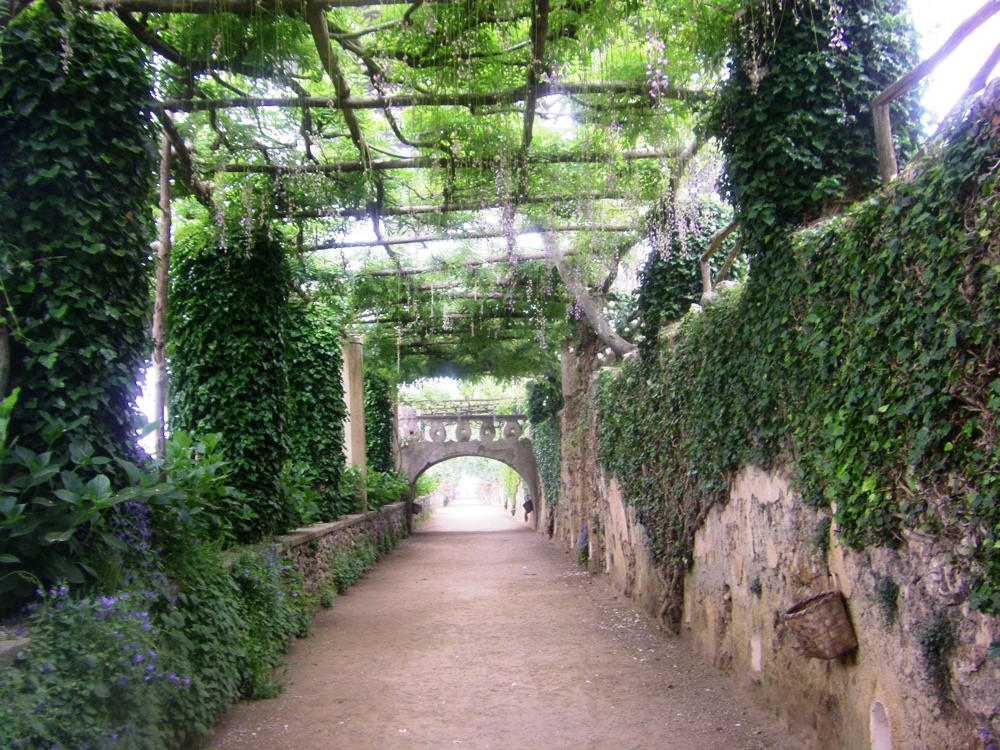
Villa Cimbrone, Ravello, Italy
-
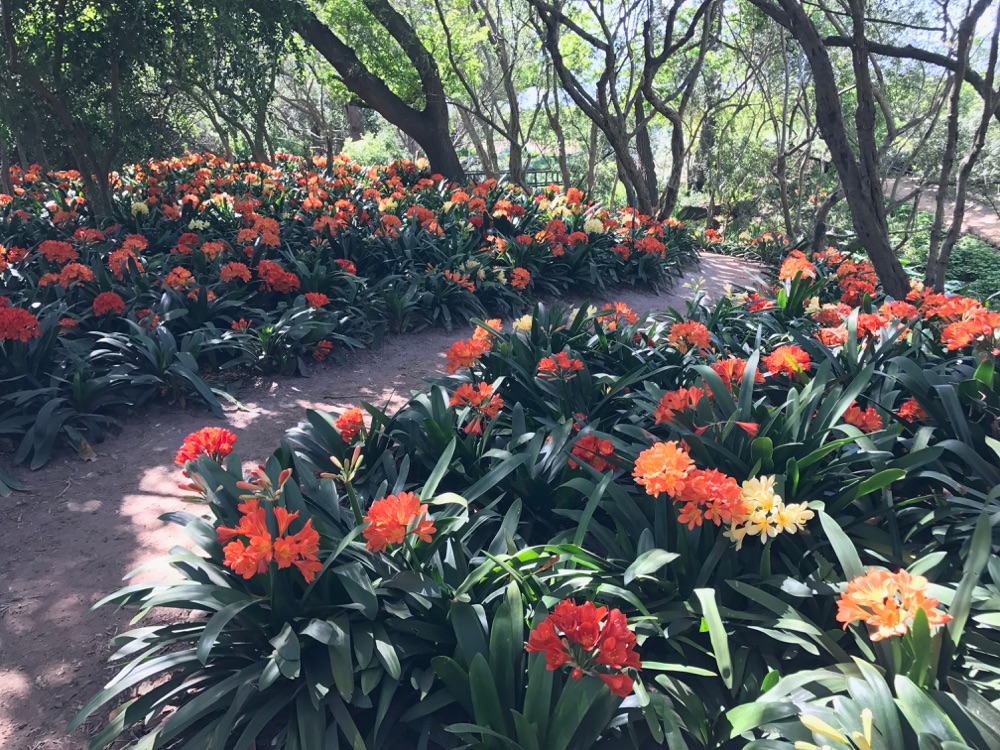
Babylonstoren, outside Stellenbosch, South Africa
-
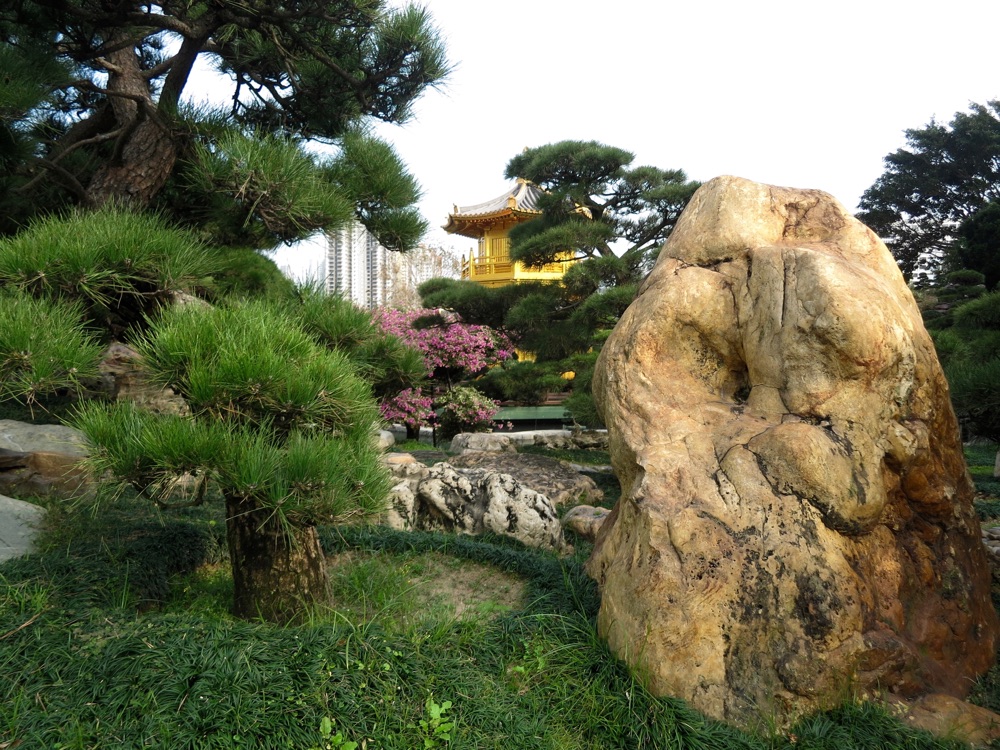
Nan Lian Garden, Diamond Hill, Hong Kong
-
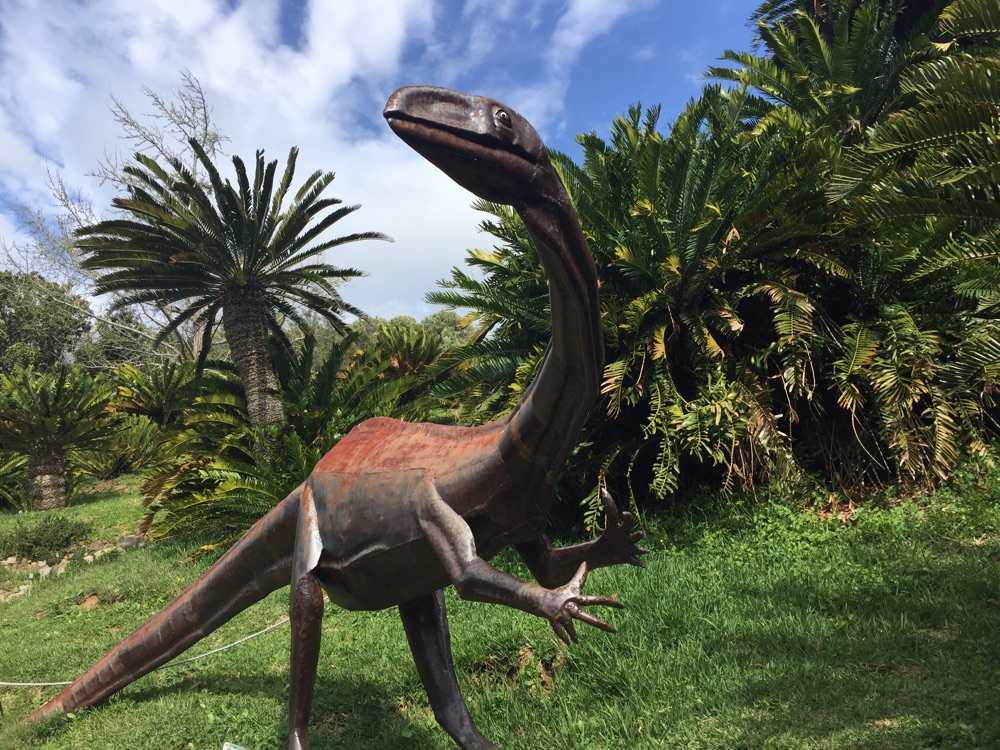
Kirstenbosch Botanical Garden, Cape Town, South Africa
-
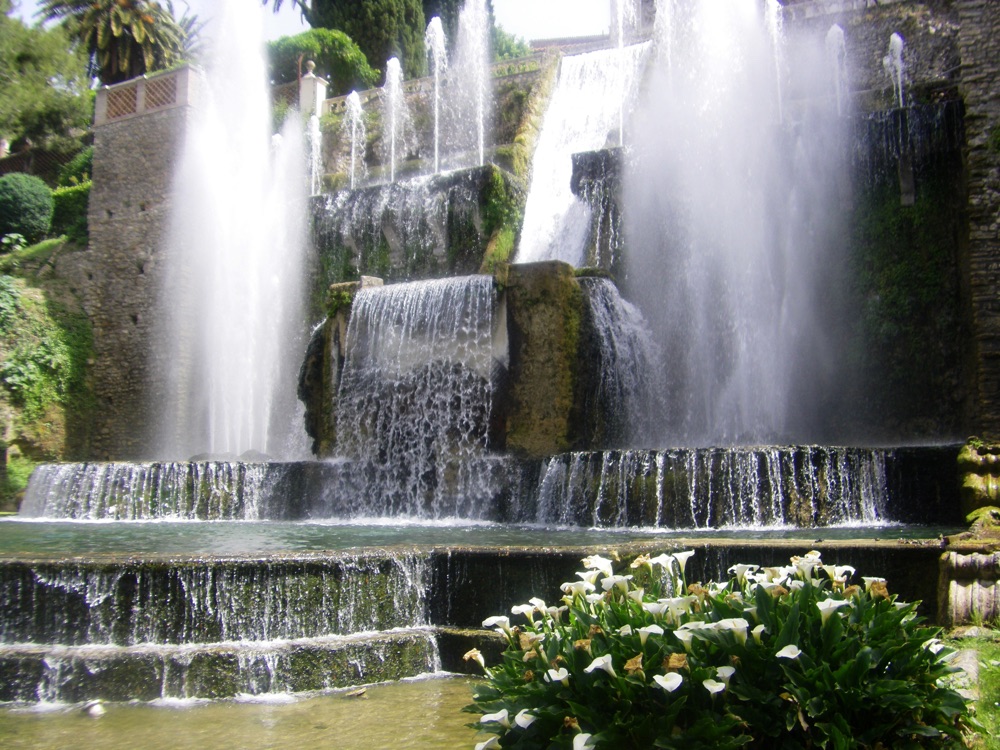
Villa d'Este, Tivoli, Italy
-
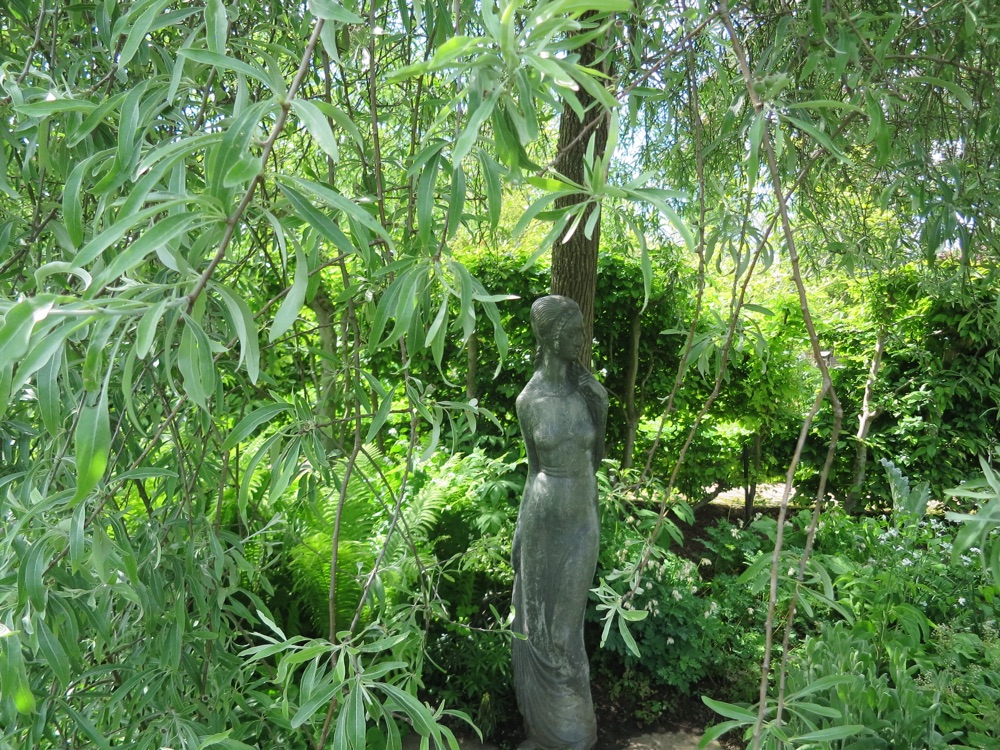
Sissinghurst Castle Garden, Kent, England
-
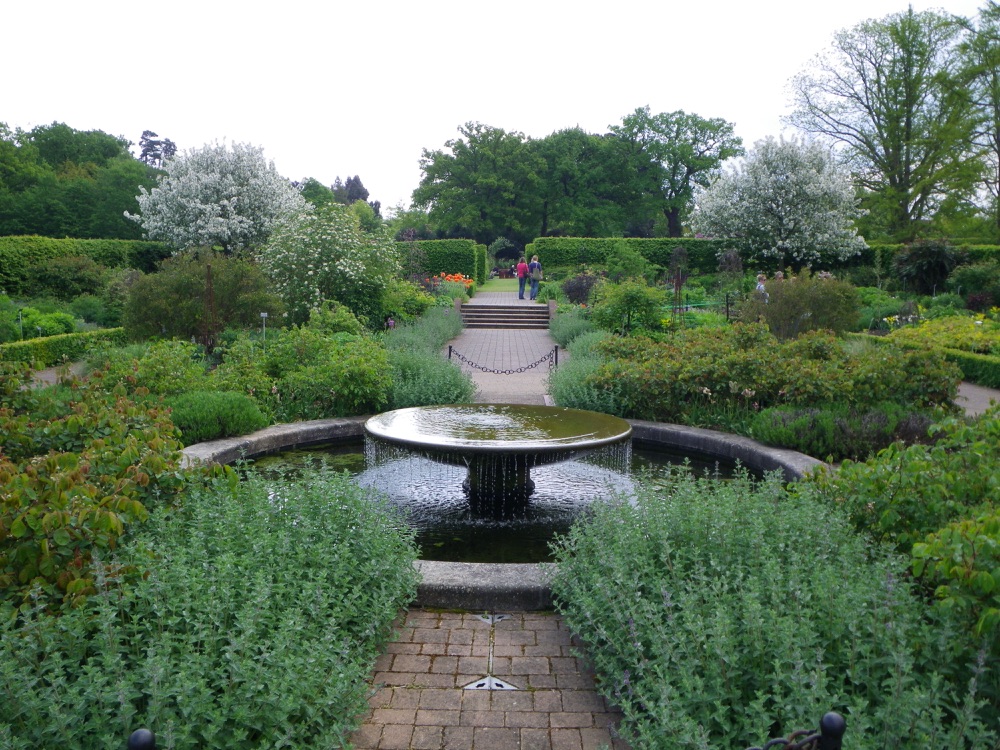
RHS Wisley, Surrey, England
-
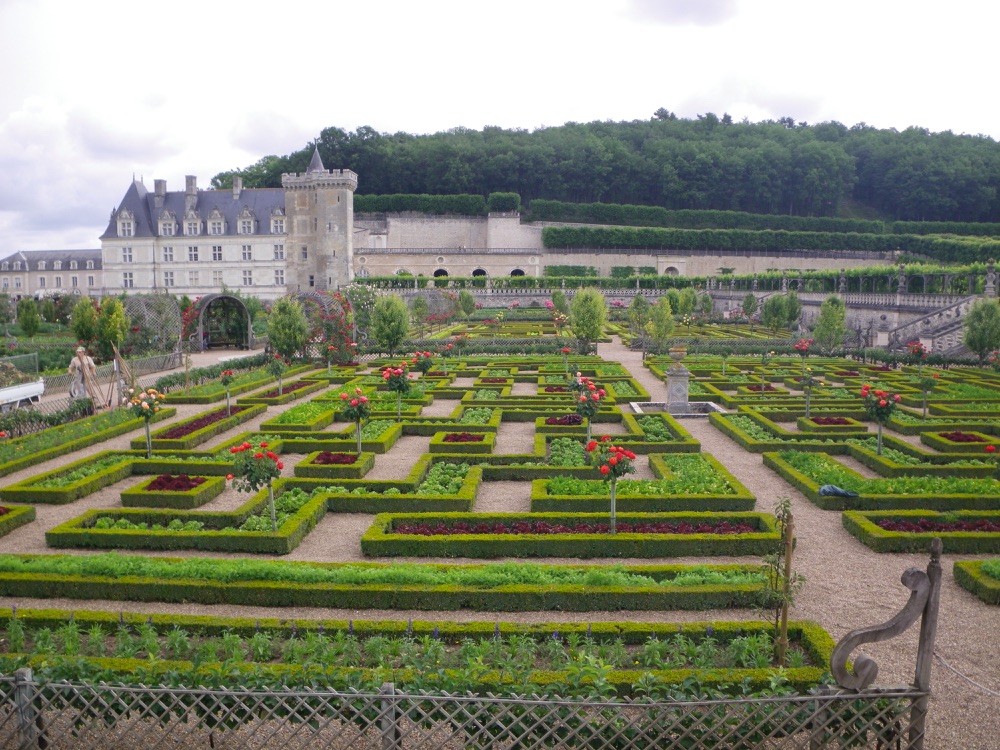
Chateau de Villandry, Indre-et-Loire, France
-
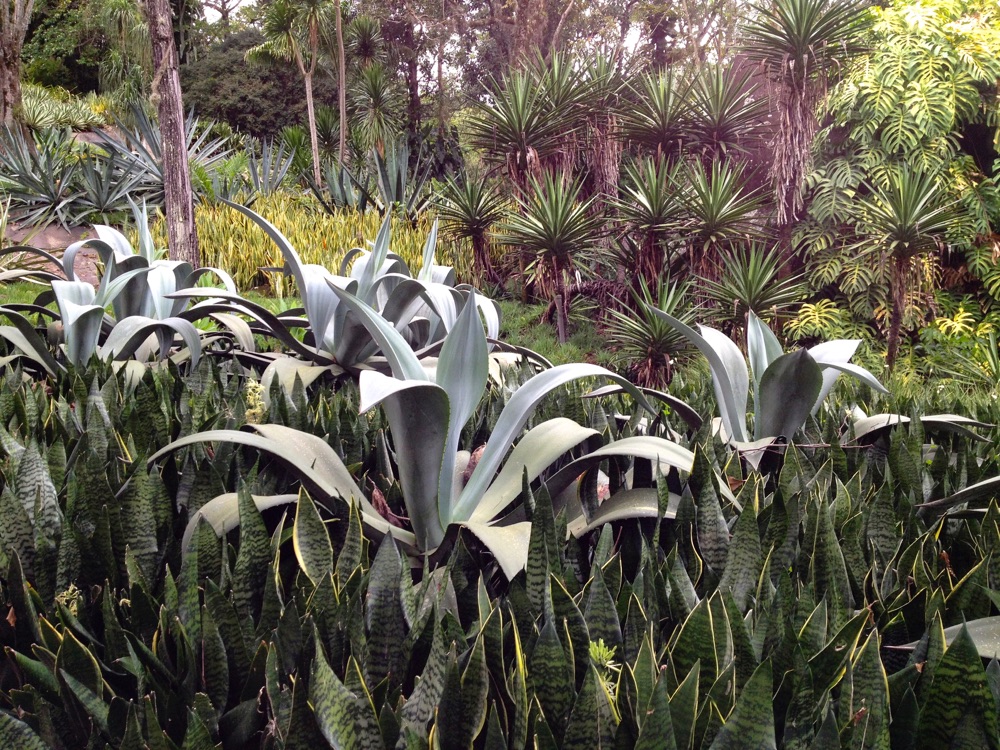
Sitio Roberto Burle Marx, Rio de Janeiro, Brazil
-
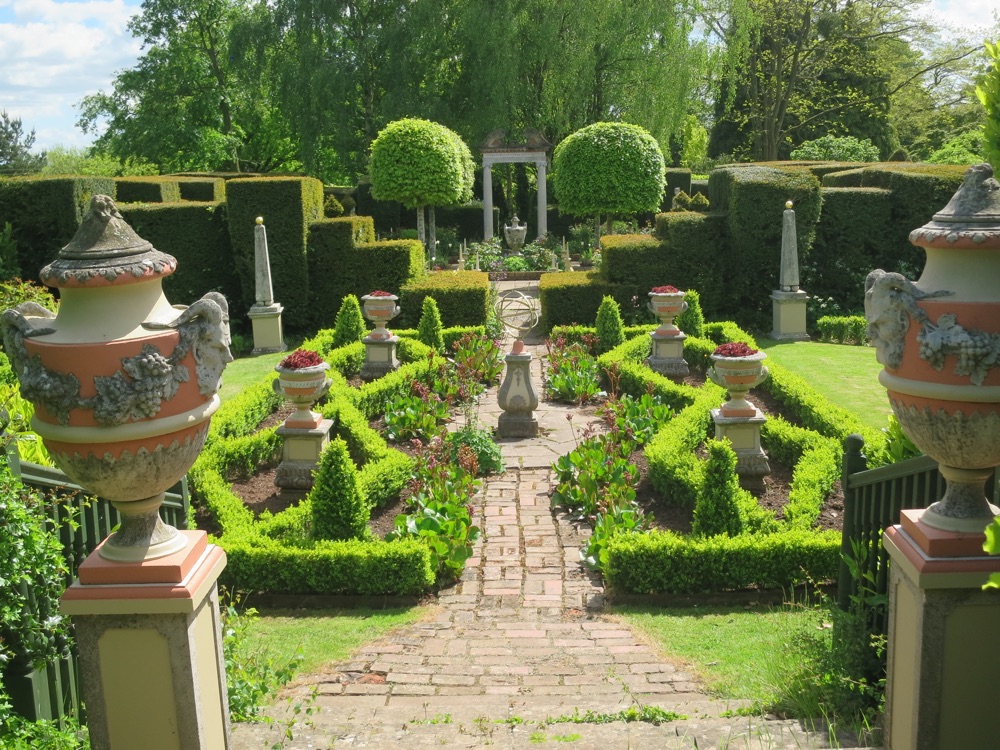
The Laskett, Much Birch, Herefordshire, England
-
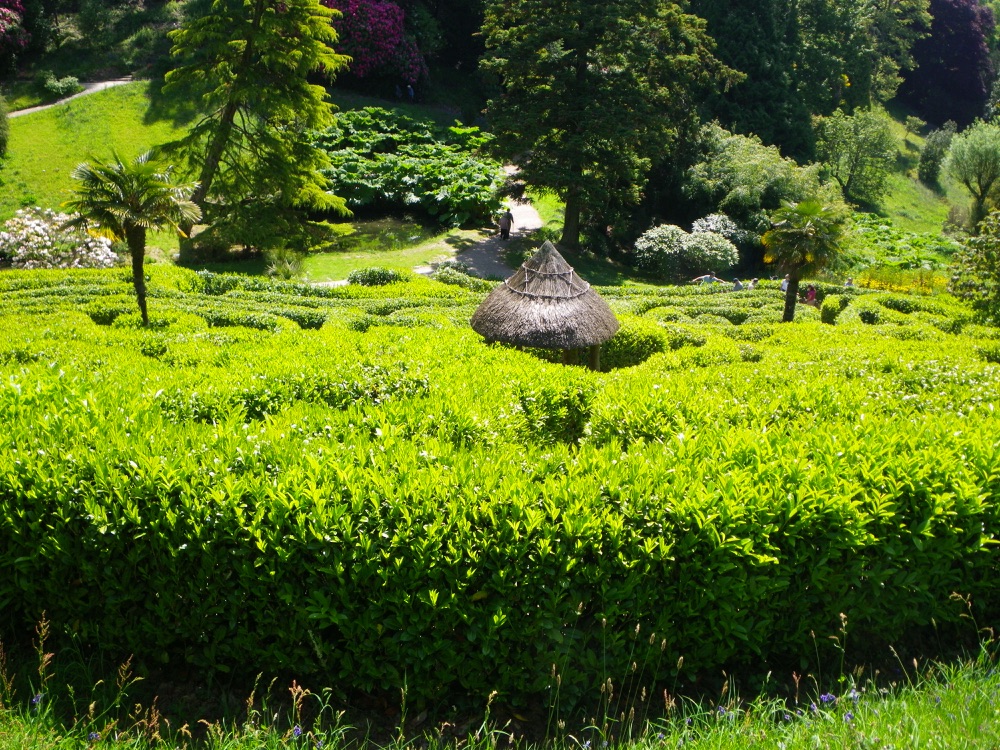
Glendurgan, Mawnan Smith, Cornwall, England
-
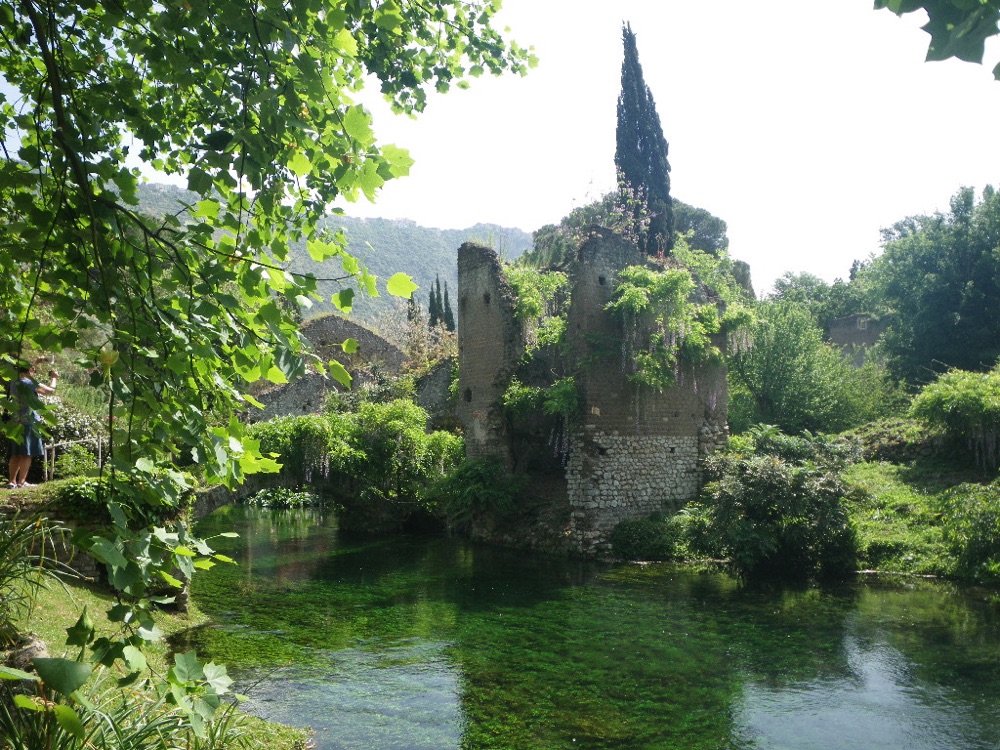
Ninfa, Latina, Italy
-
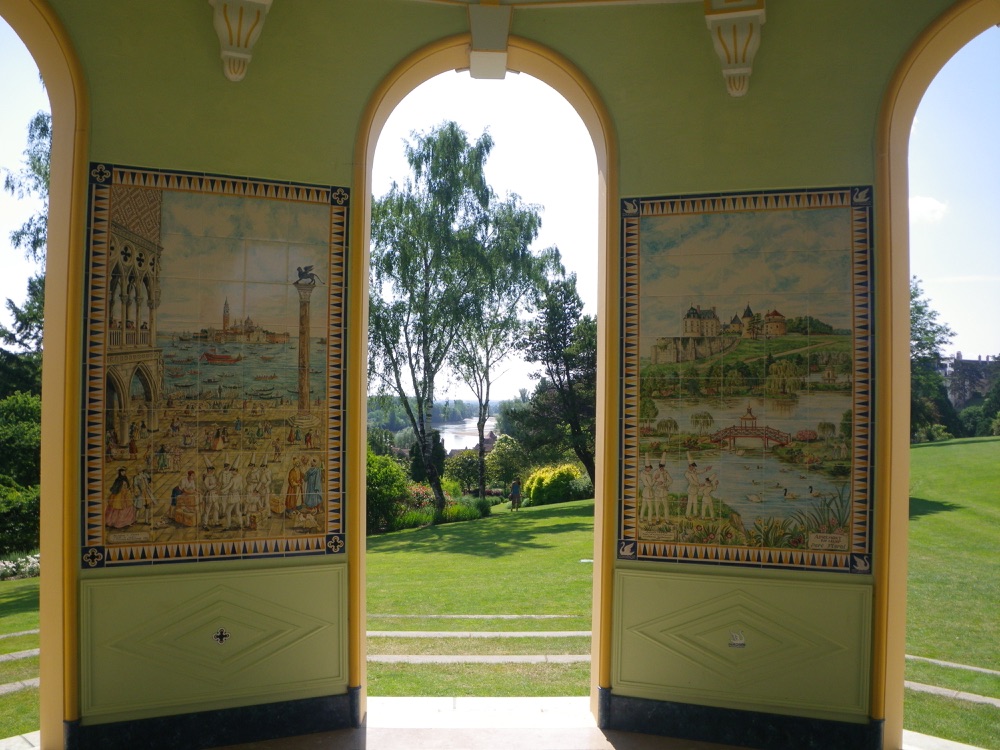
Parc Floral, Apremont sur Allier, France
-
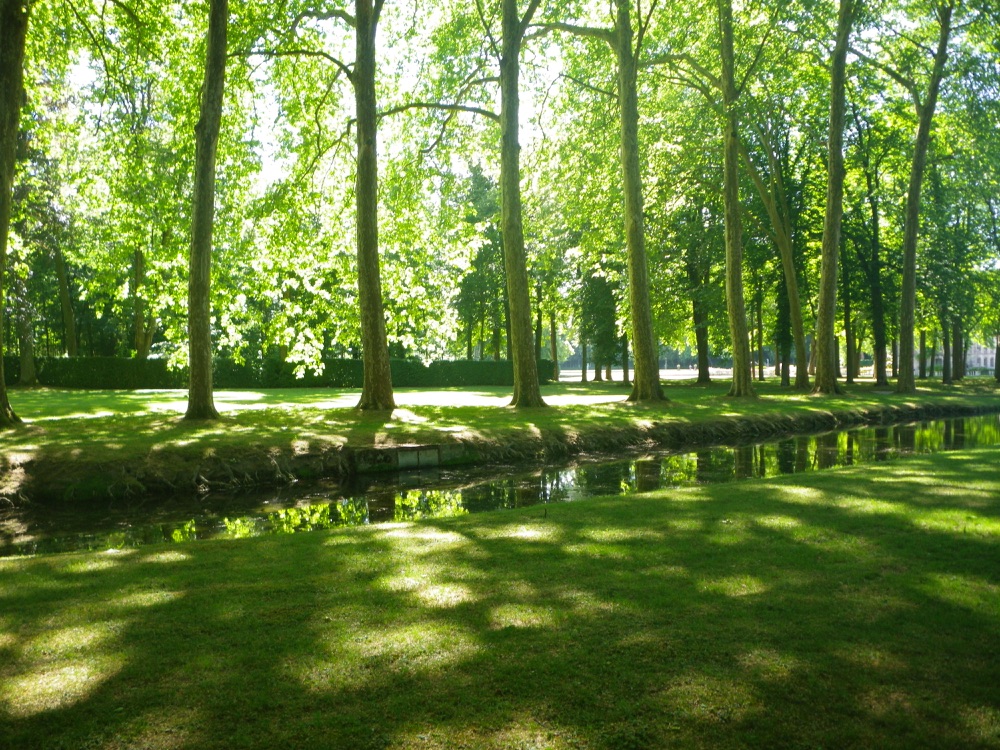
Chateau de Courance, France
-
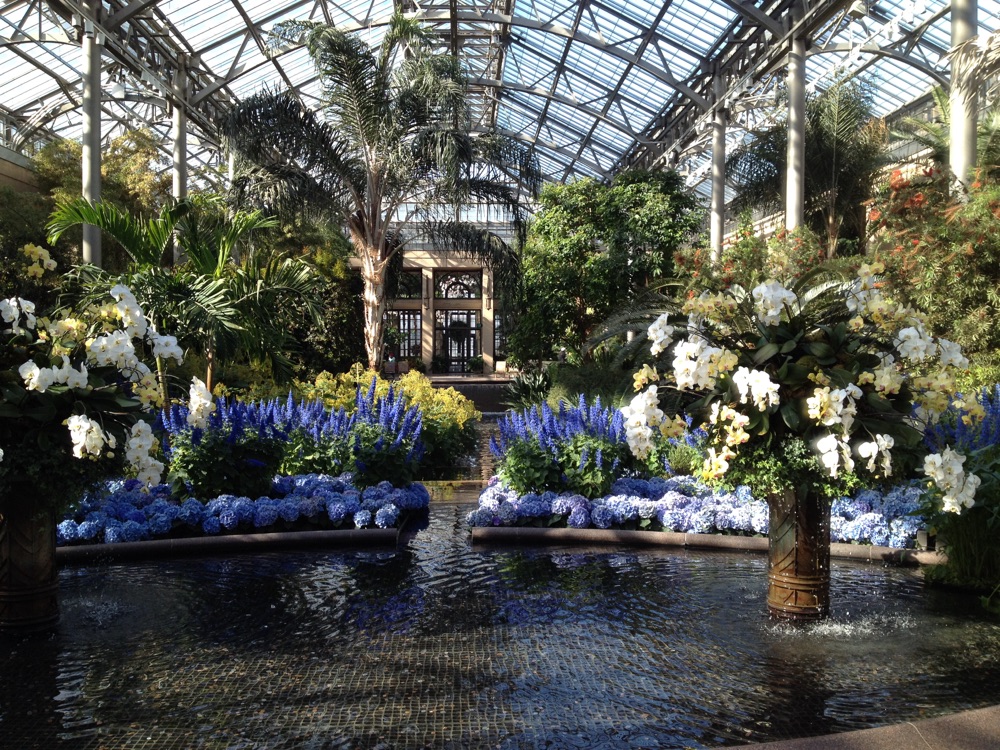
Longwood Gardens, Kennett Square, Pennsylania, USA
-
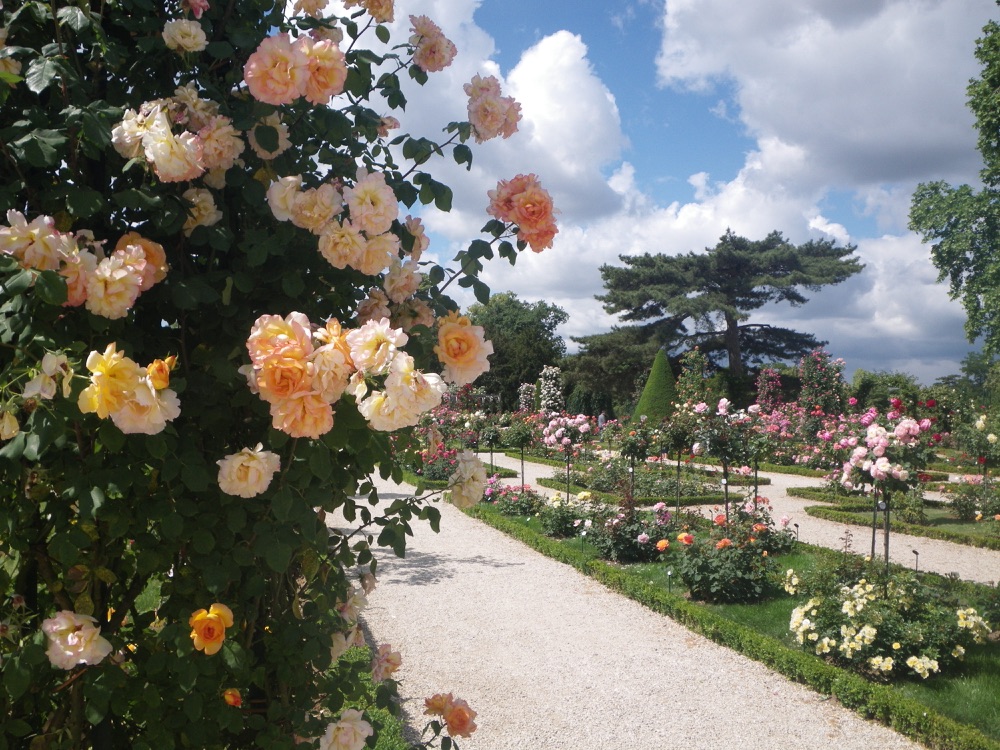
Bagatelle Garden, Paris, France
-
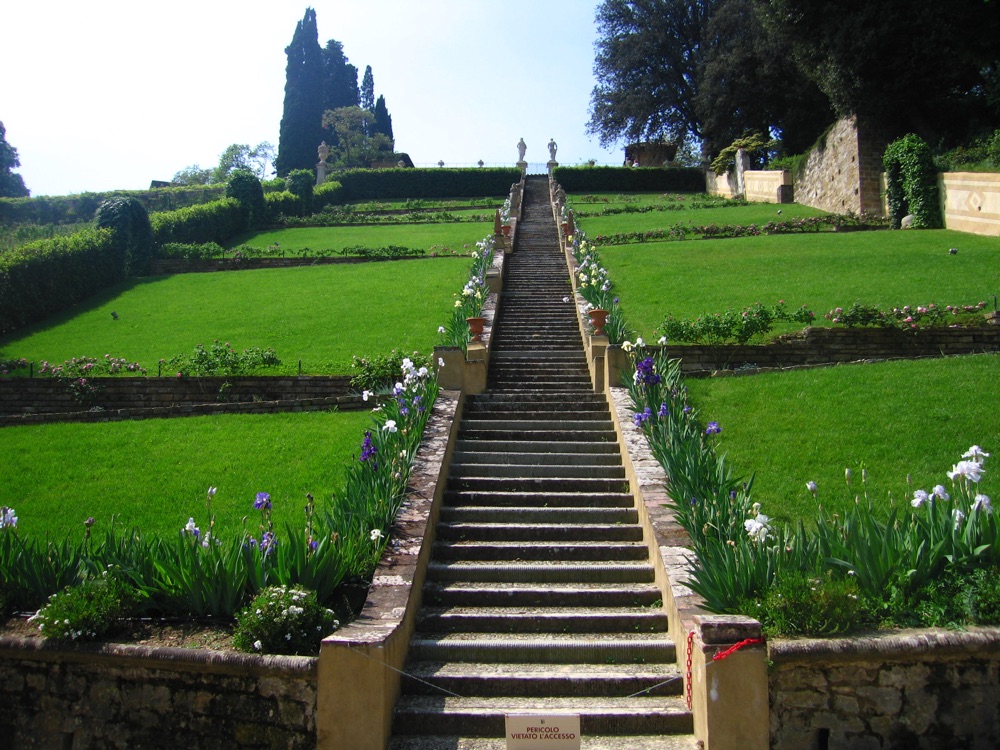
Giardino Bardini, Florence, Italy
-
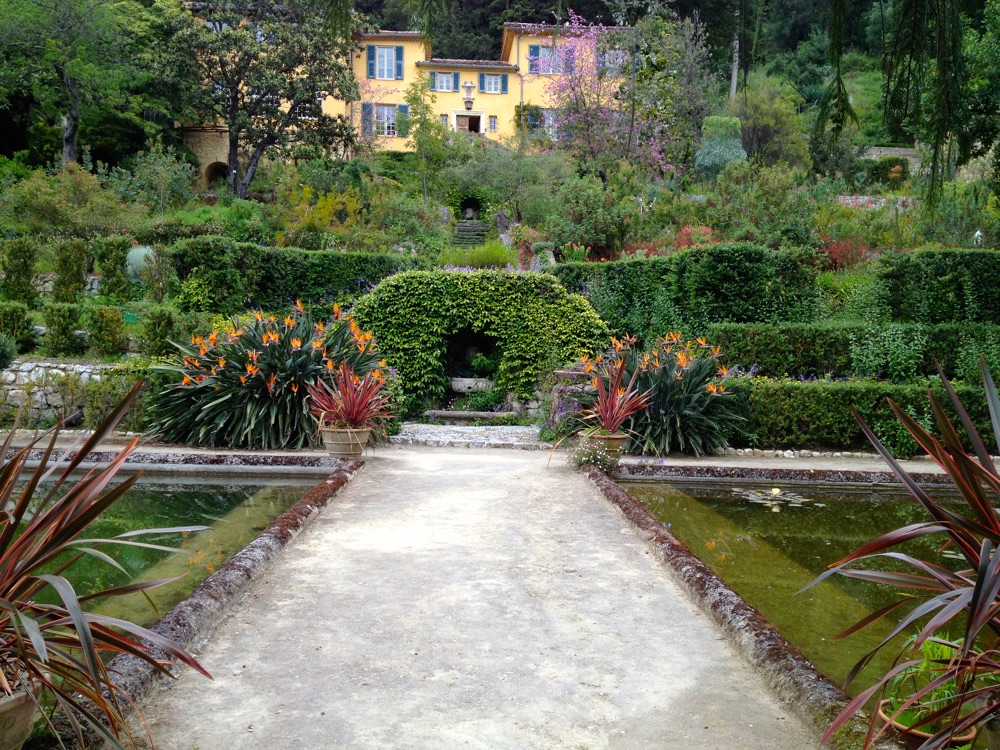
Serre de la Madone, Menton, France
-
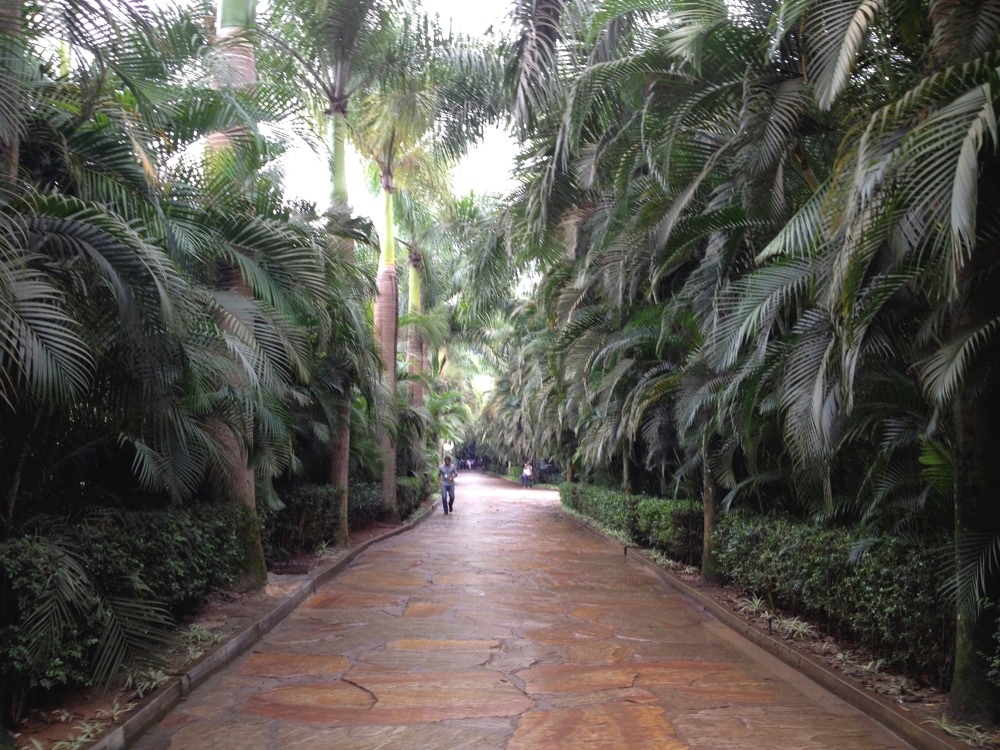
Inhotim, Brumadinho, Brazil
-
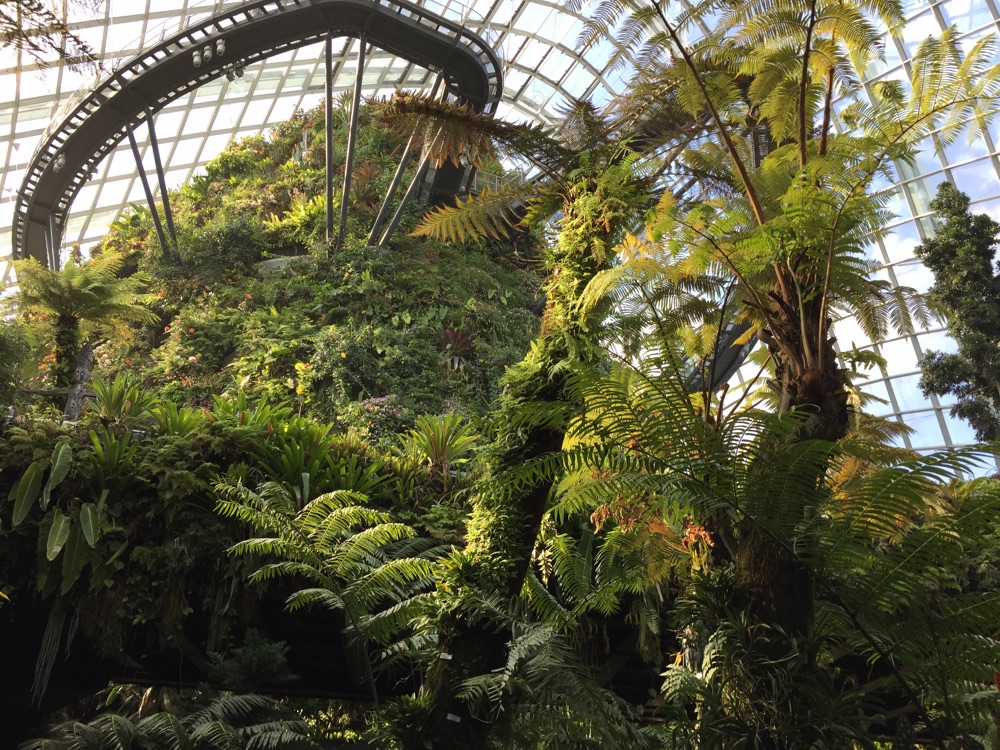
Gardens by the Bay, Singapore
-
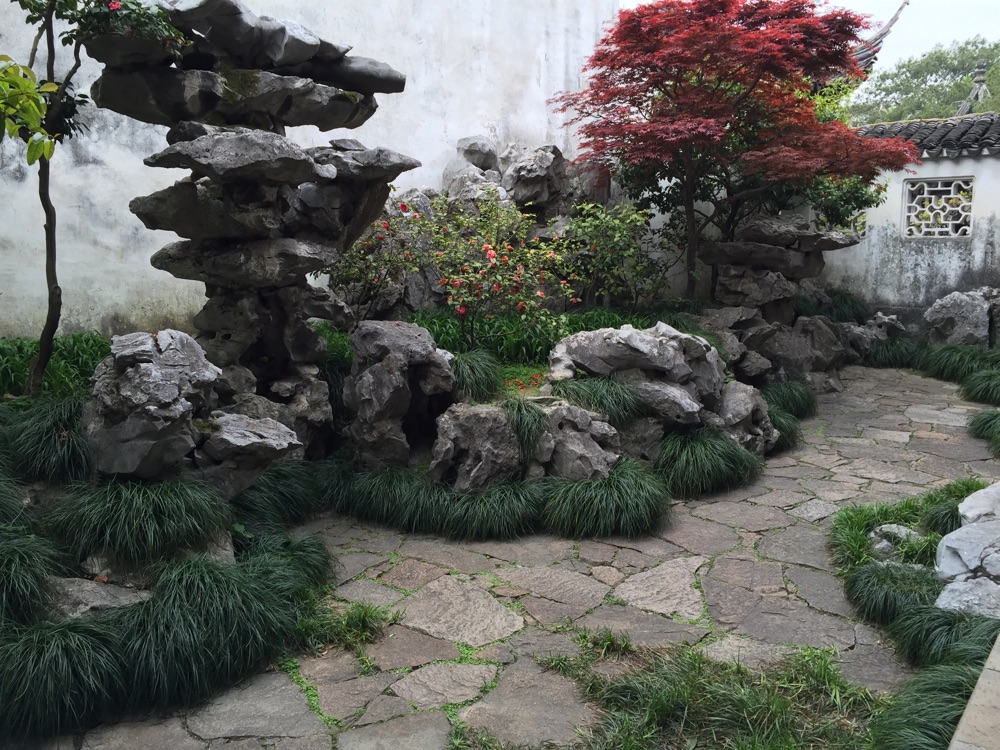
Master of the Nets Garden, Suzhou, China
-
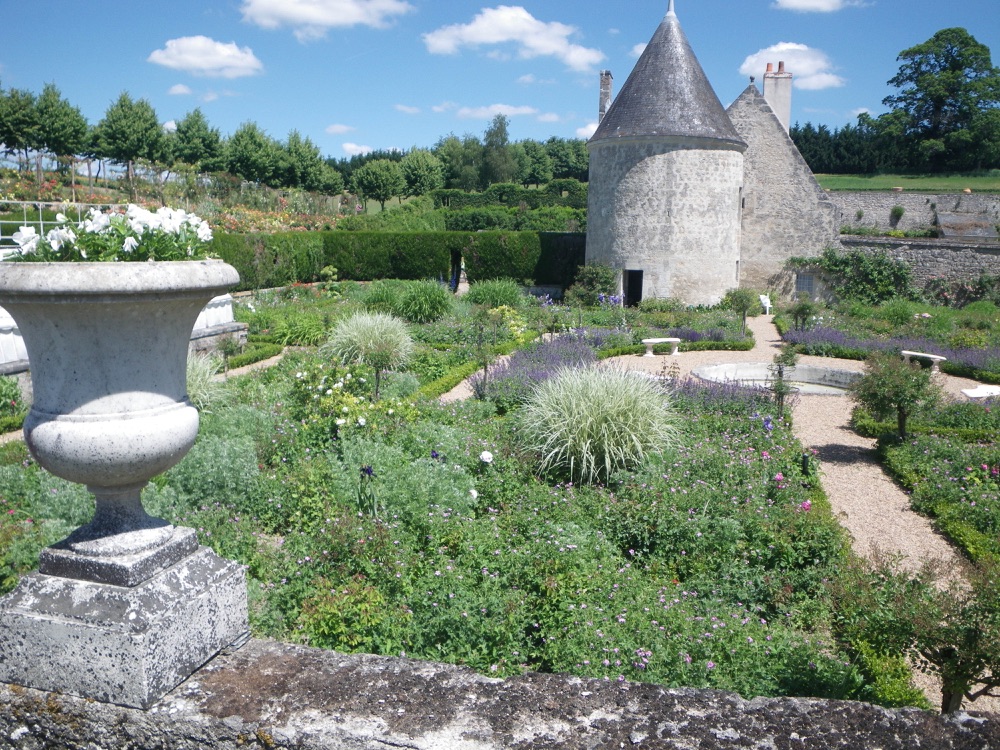
Chateau de la Chatonniere, Azay-le-Rideau, France
-
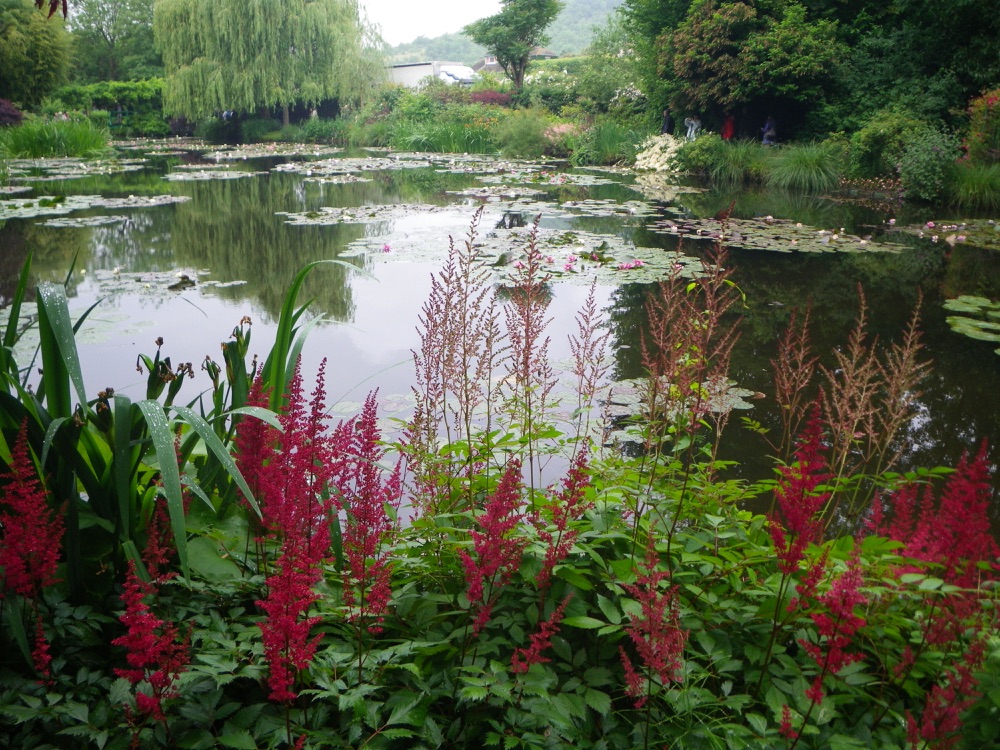
Monet's Garden, Giverny, France
-
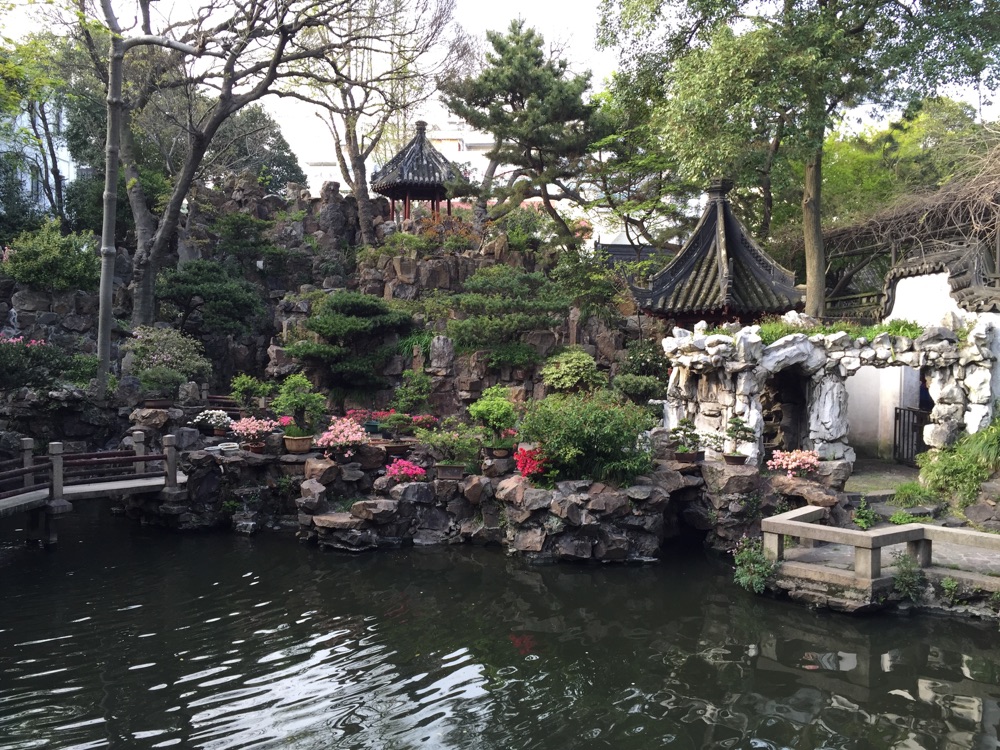
Yu Garden, Shanghai, China
-
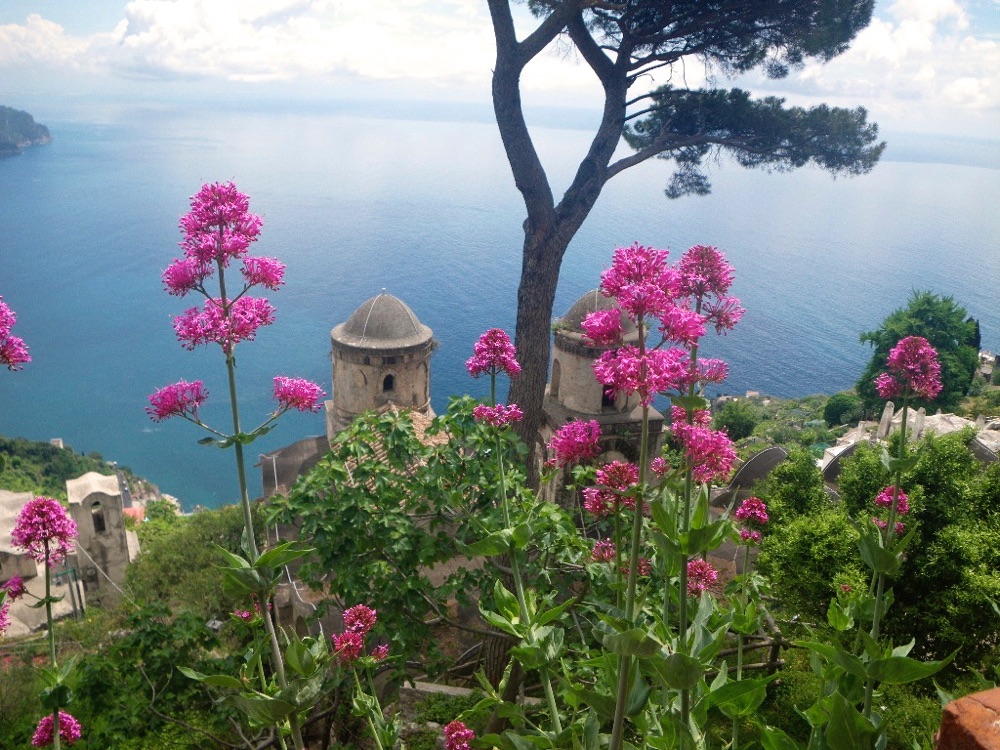
Villa Rufolo, Ravello, Italy
-
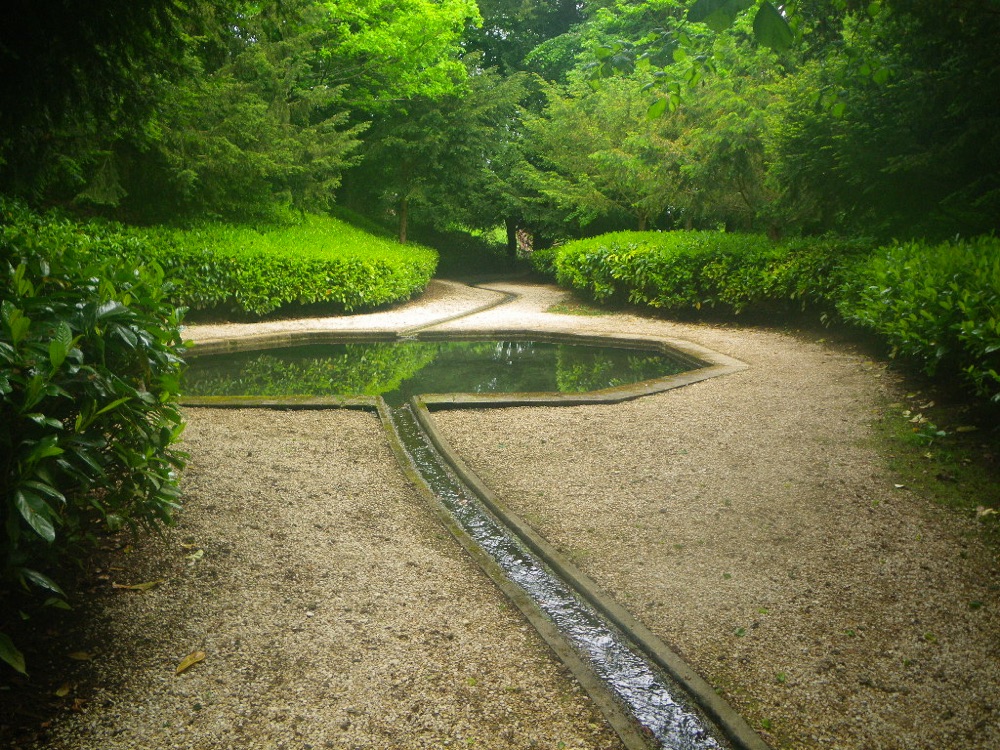
Rousham, Bicester, England
-
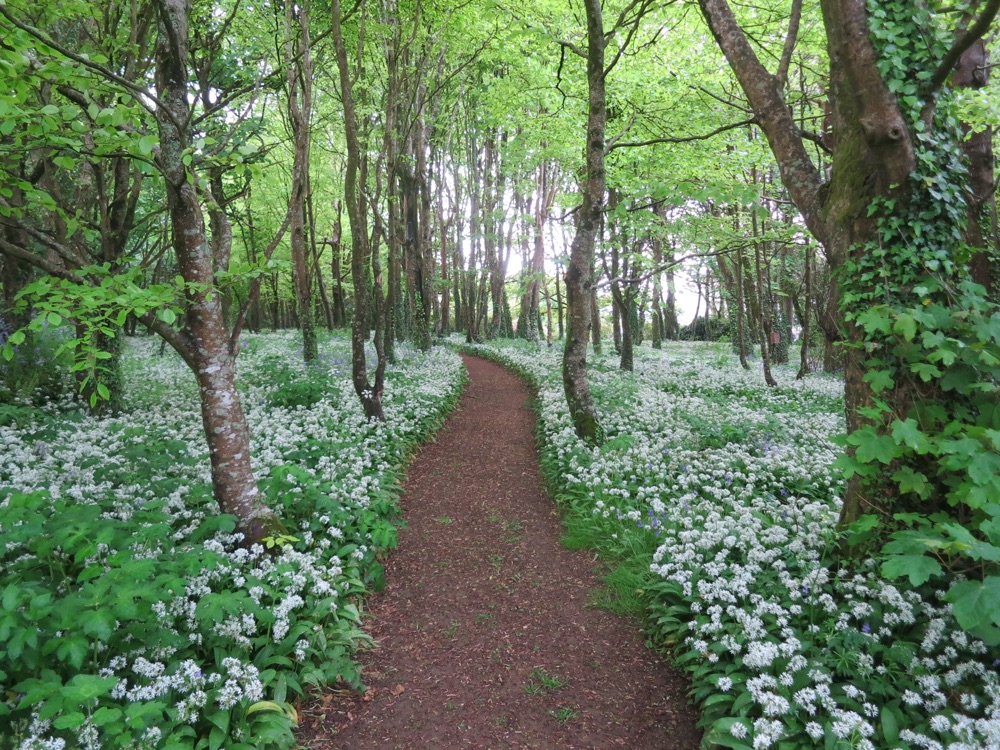
Bonython Garden, Helston, Cornwall, England
-
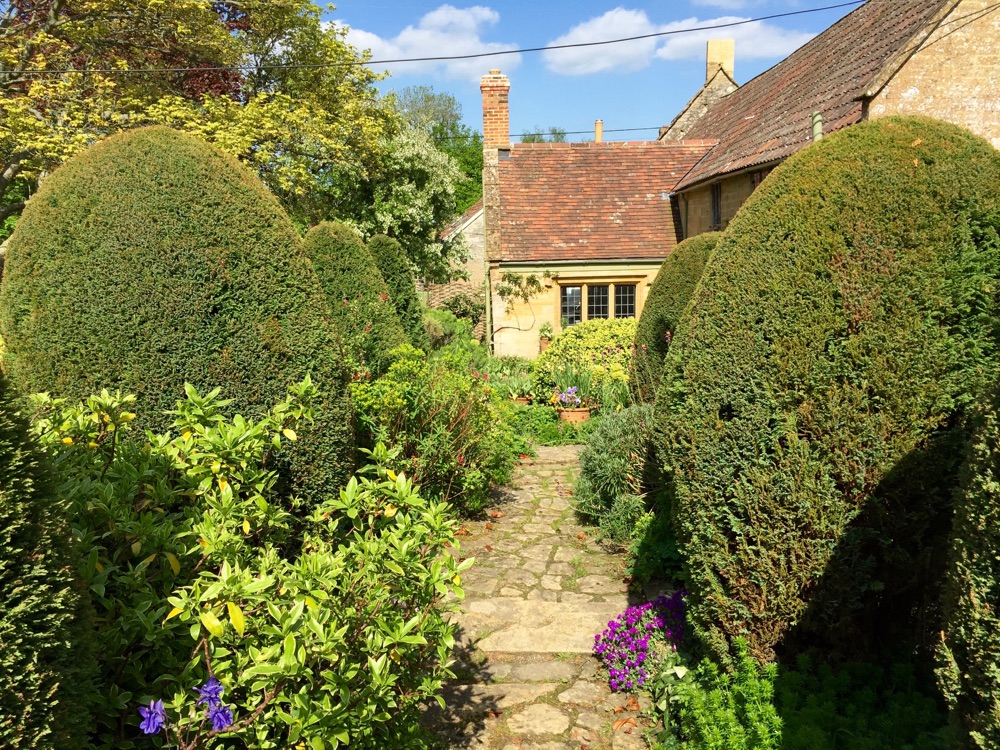
East Lambrook Manor, South Petherton, Somerset, England
-
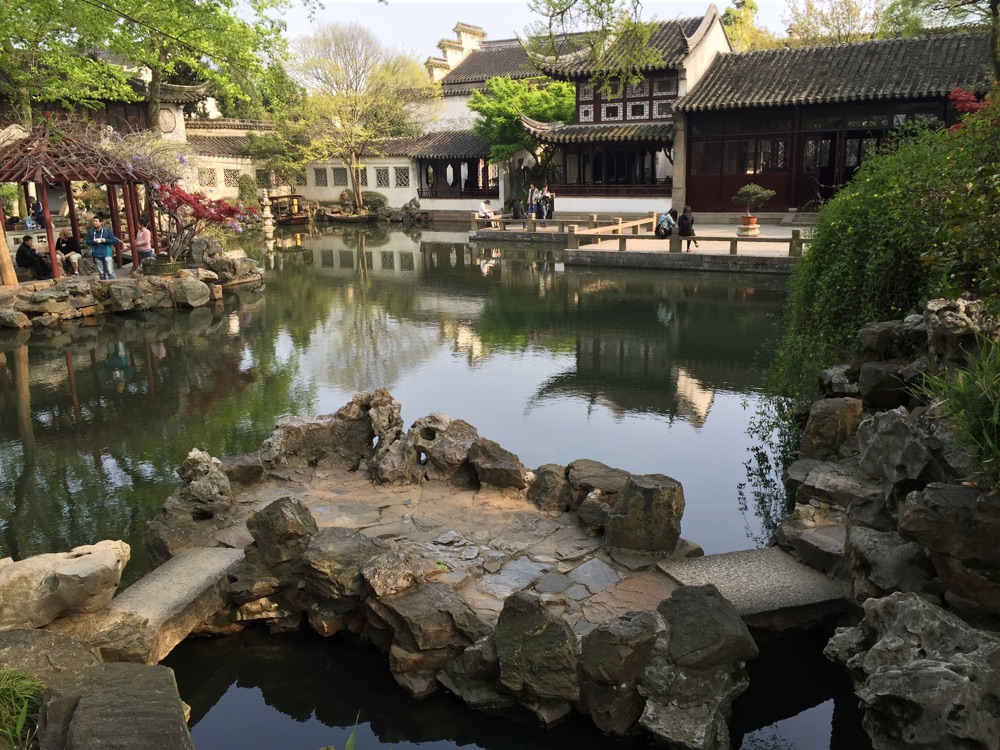
Humble Administrator's Garden, Suzhou, China
-
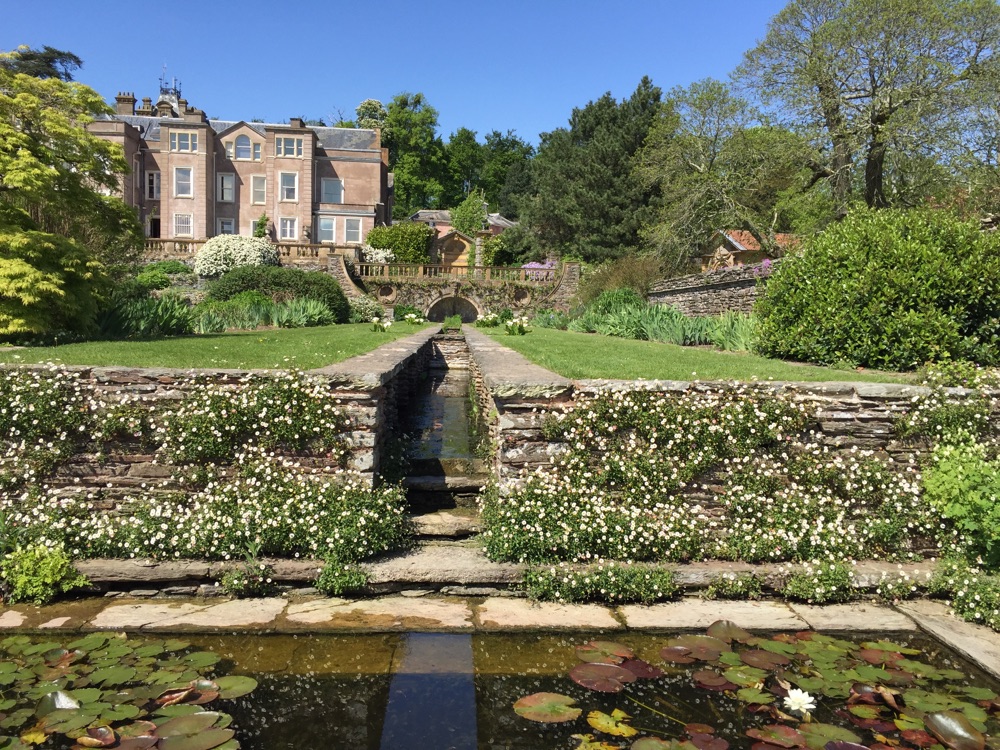
Hestercombe, Somerset, England
-
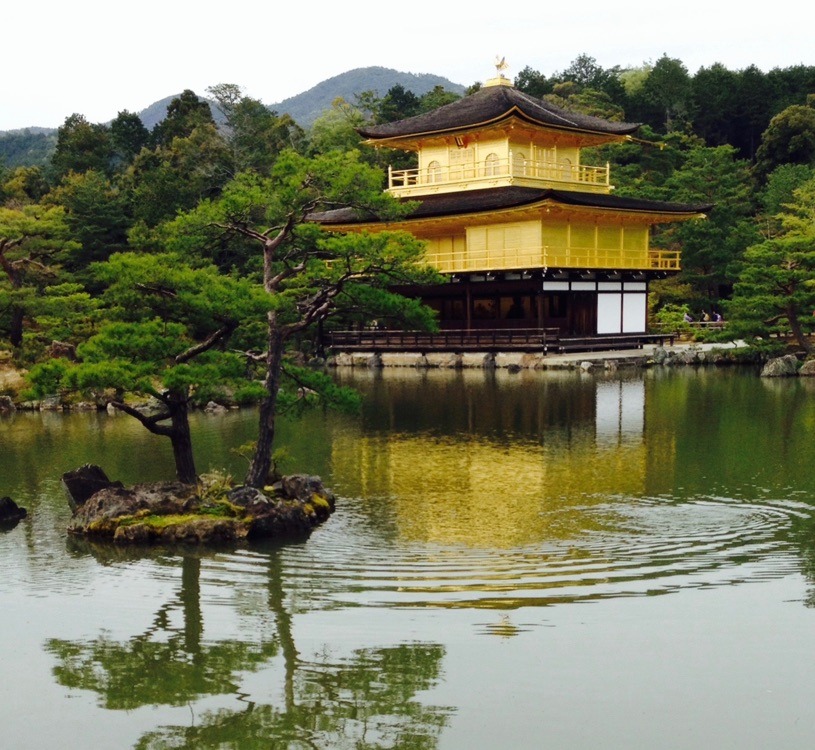
Kinkaku-ji (Golden Pavilion), Kyoto, Japan
-
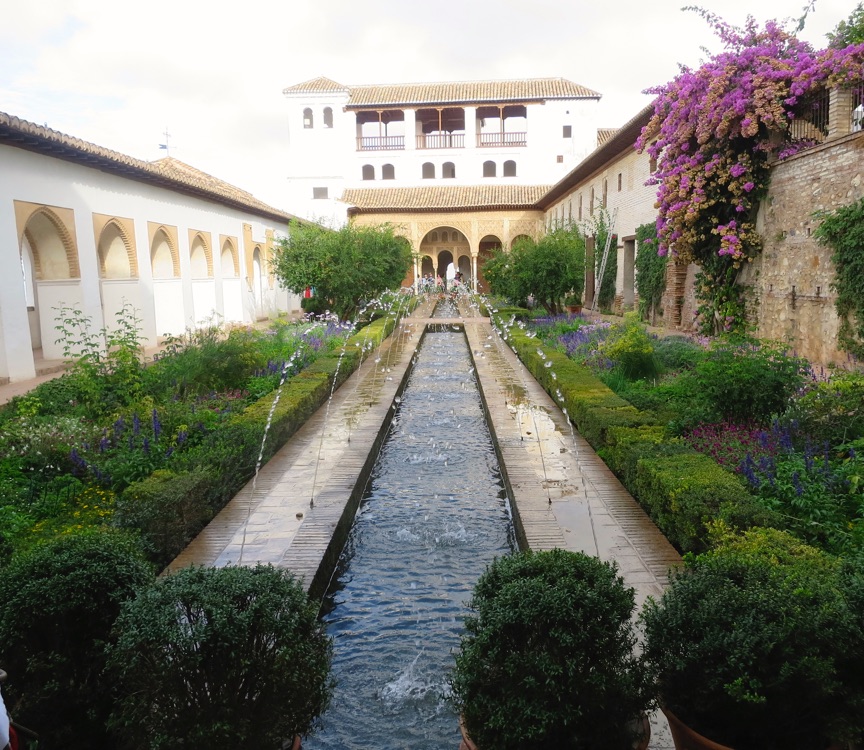
Generalife, Alhambra, Granada, Spain
-
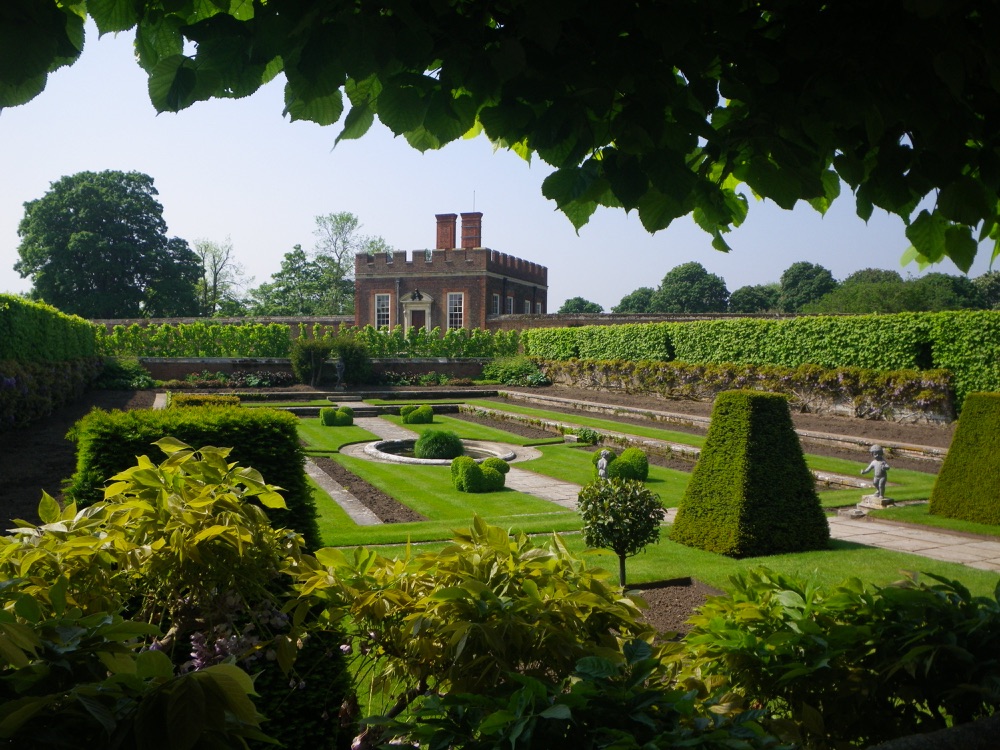
Hampton Court, Richmond, England
-
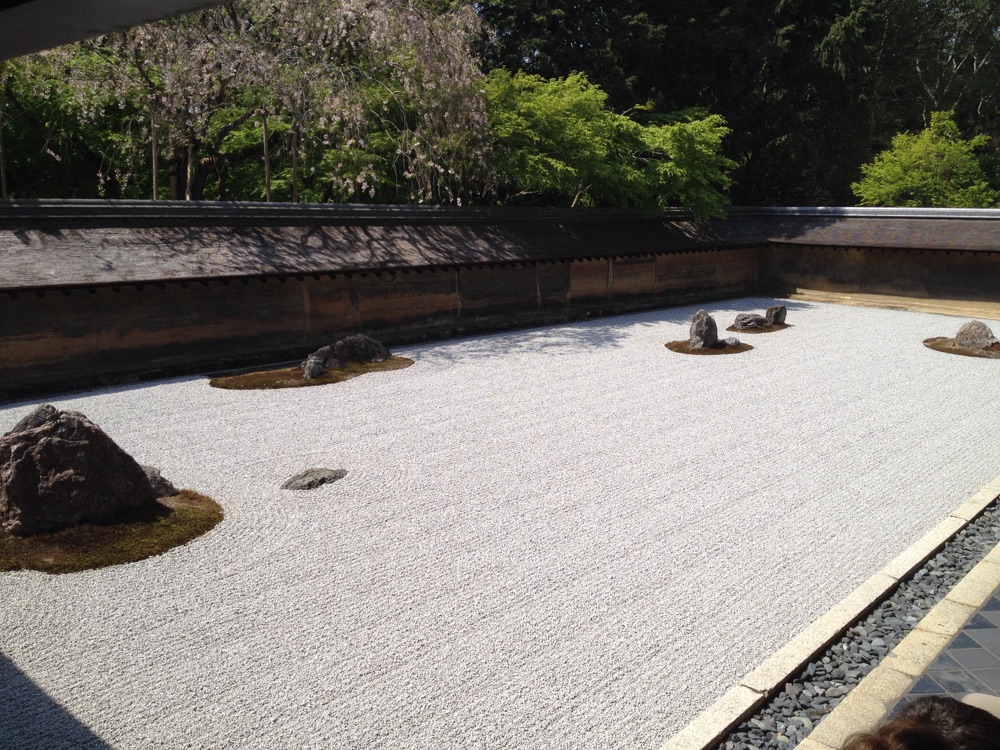
Ryoan-ji Temple garden, Kyoto, Japan
-
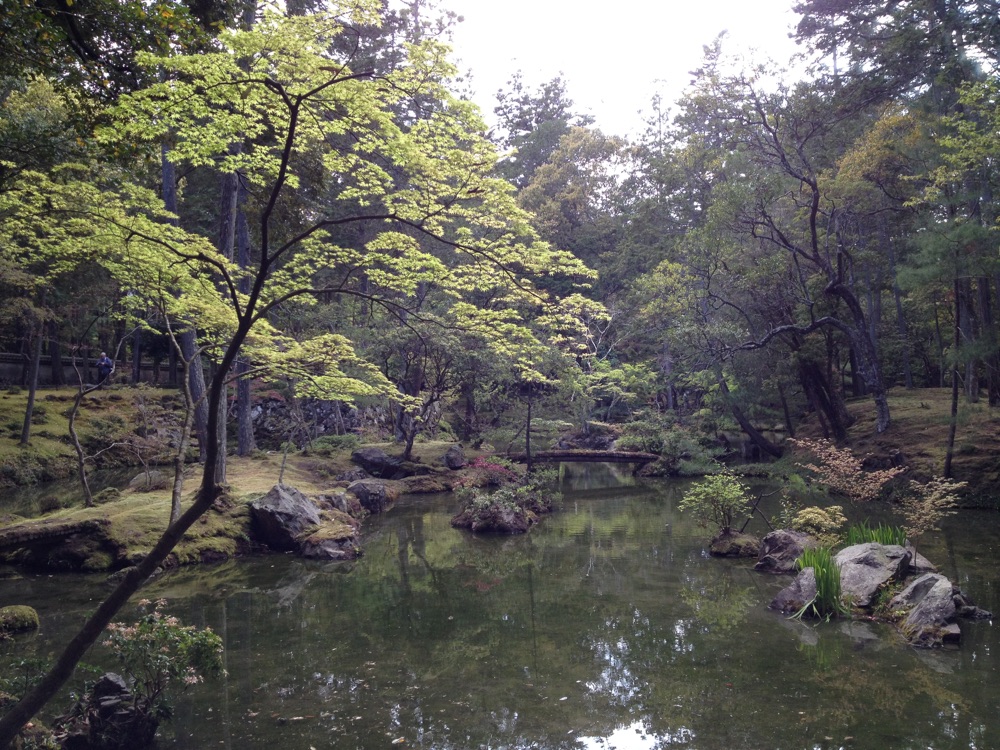
Saiho-ji (moss garden), Kyoto, Japan
-
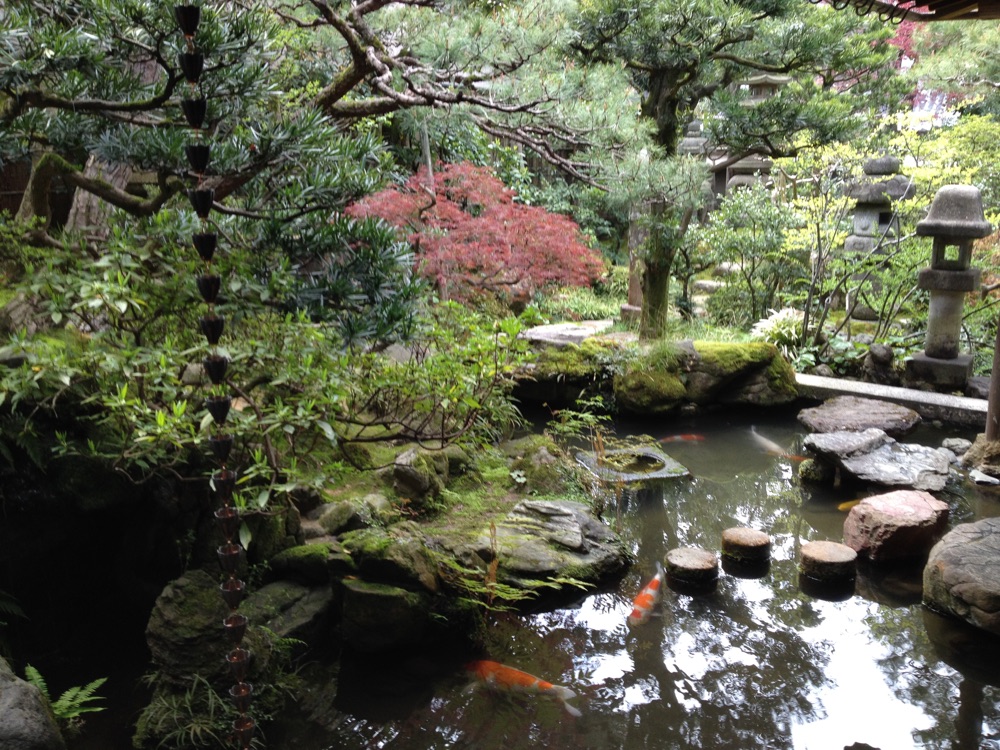
Nomura Samurai Garden, Kanazawa, Japan
-
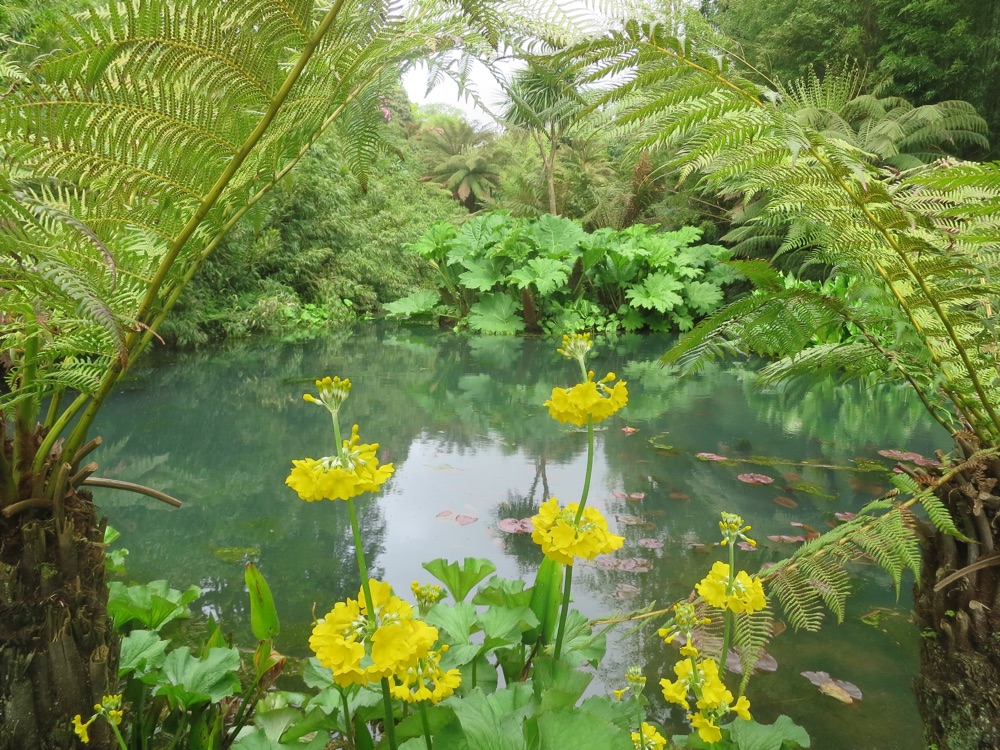
Lost Gardens of Heligan, Cornwall, England
-
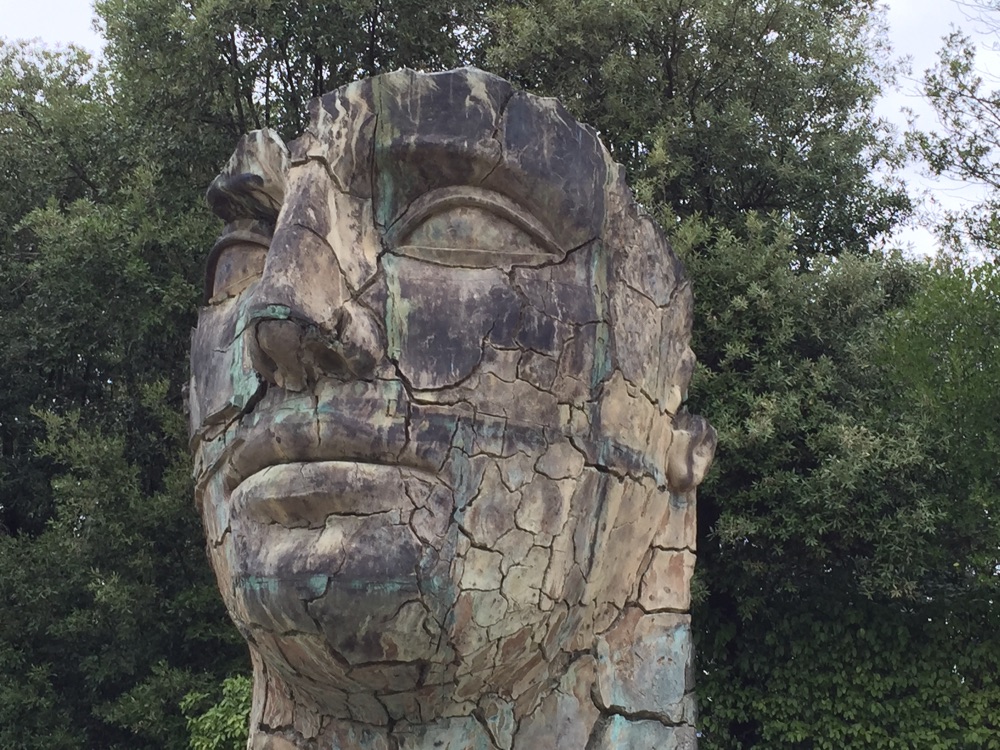
Boboli Gardens, Florence, Italy
-
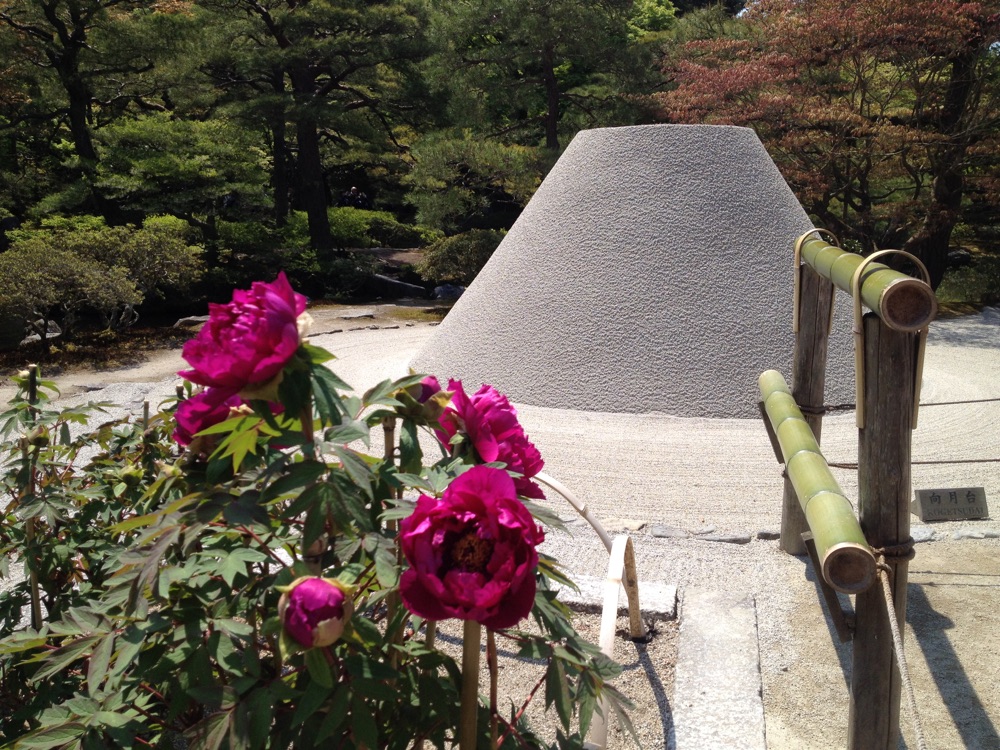
Ginkaku-ji (silver pavilion), Kyoto, Japan
-
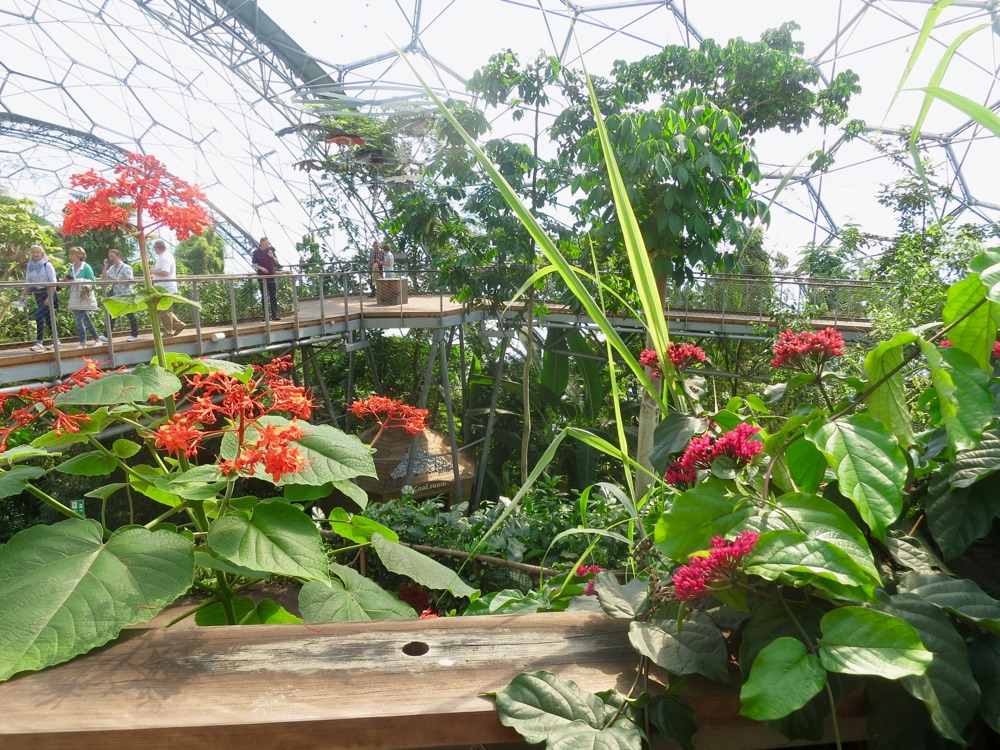
Eden Project, Cornwall, England
-
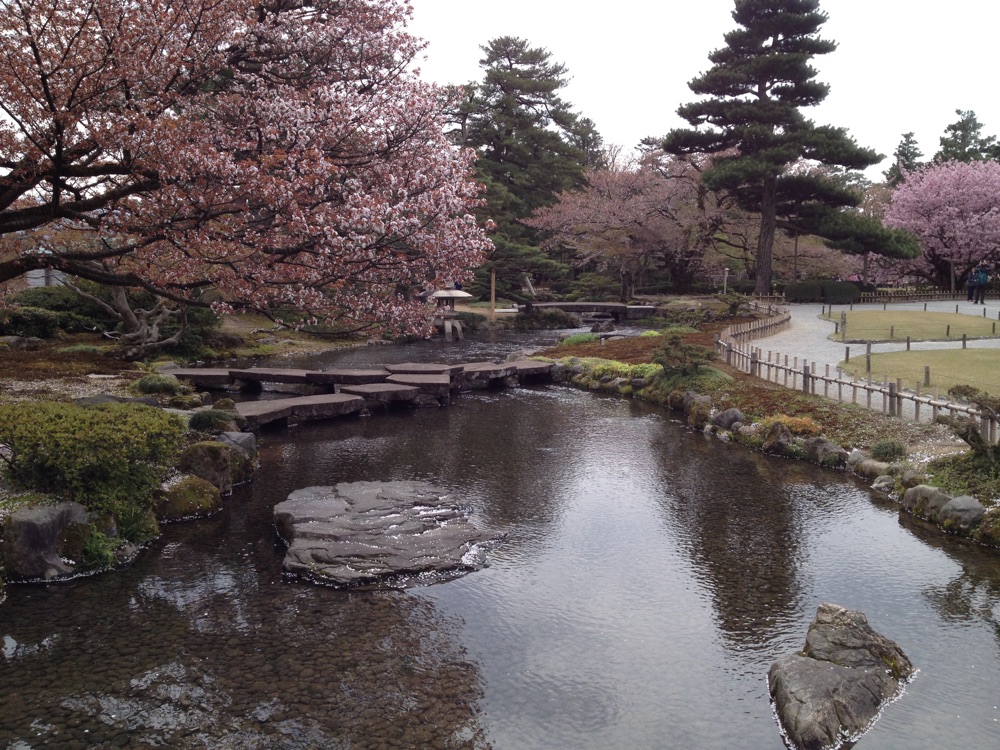
Kenroku-en, Kanazawa, Japan
-
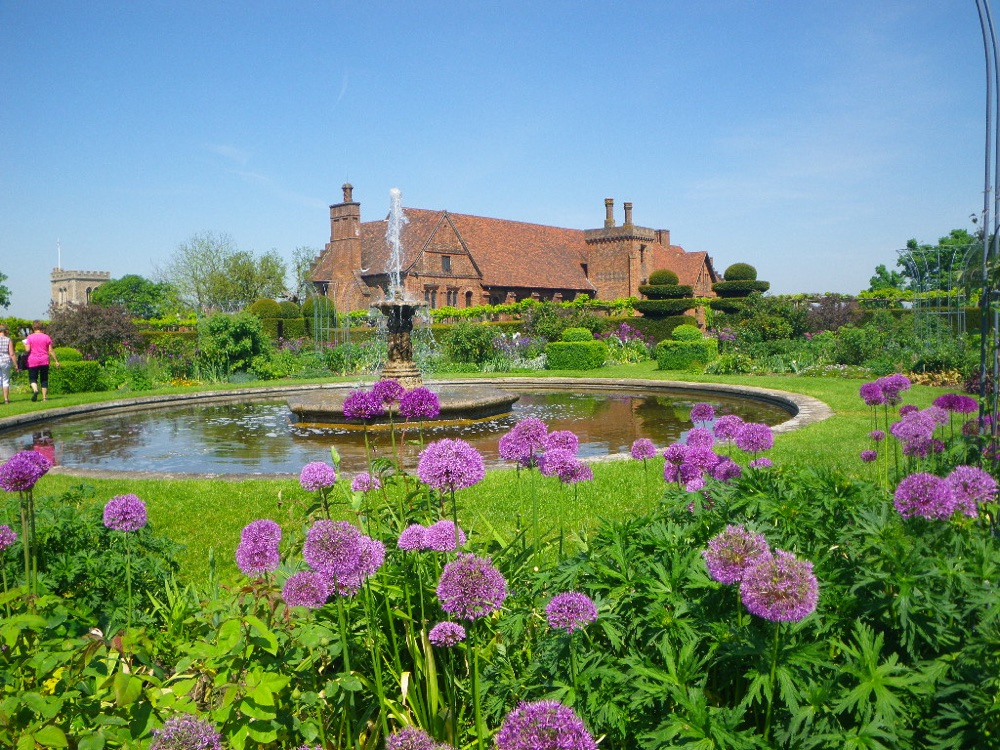
Hatfield House, Hatfield, England
-
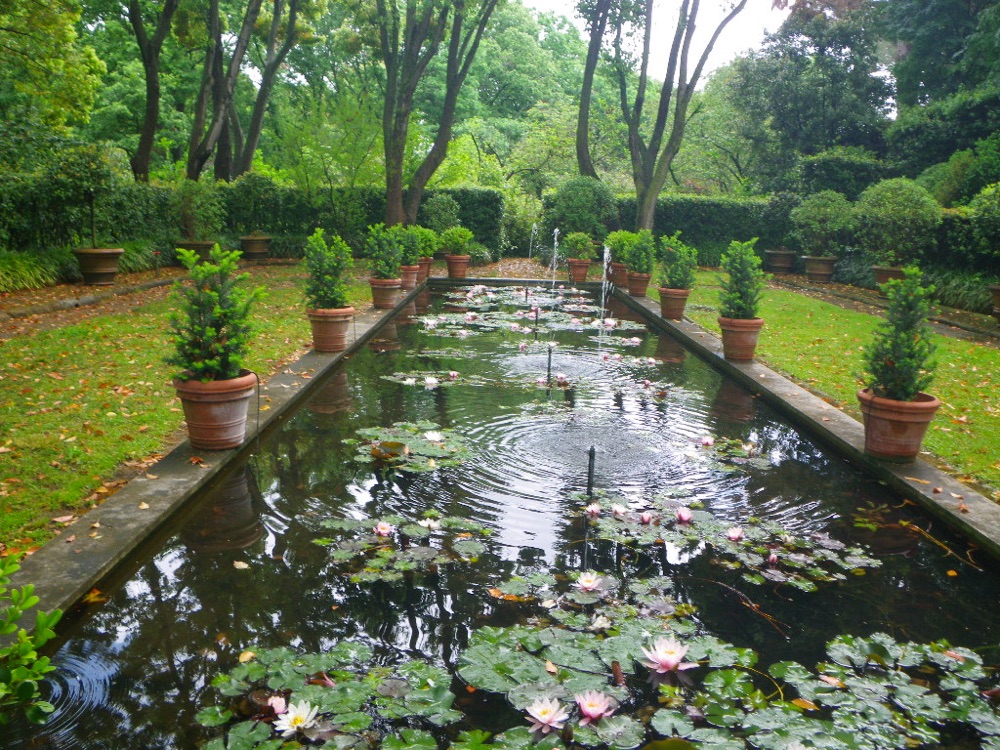
Giardini della Landriana, Tor San Lorenzo, Italy
-
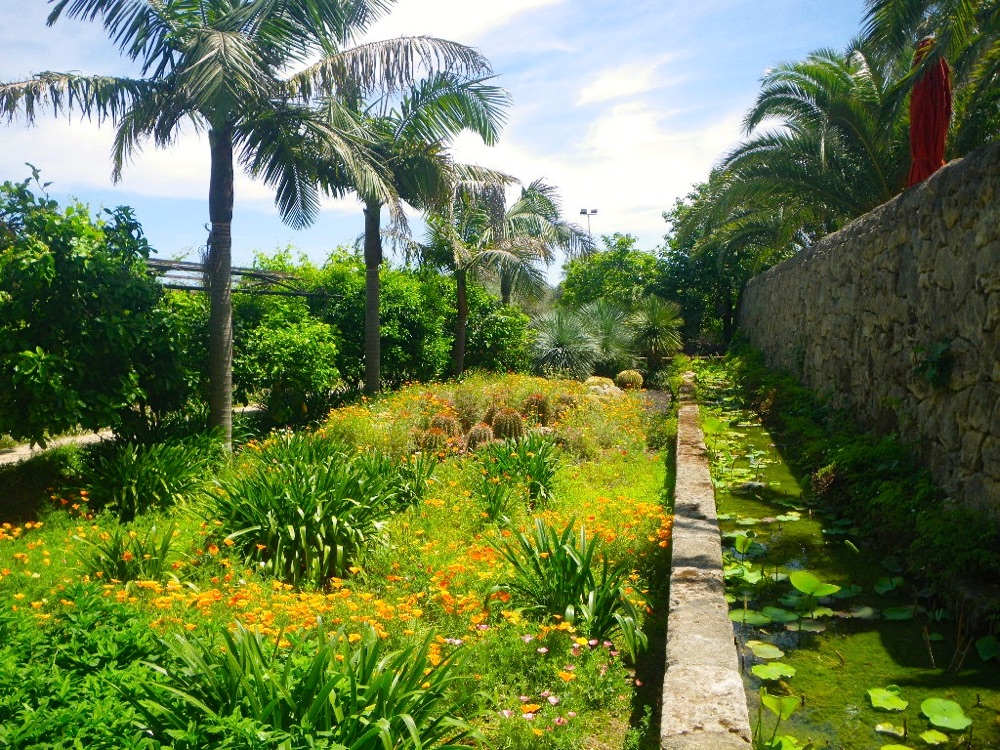
Villa San Guiliano, Sicily
-
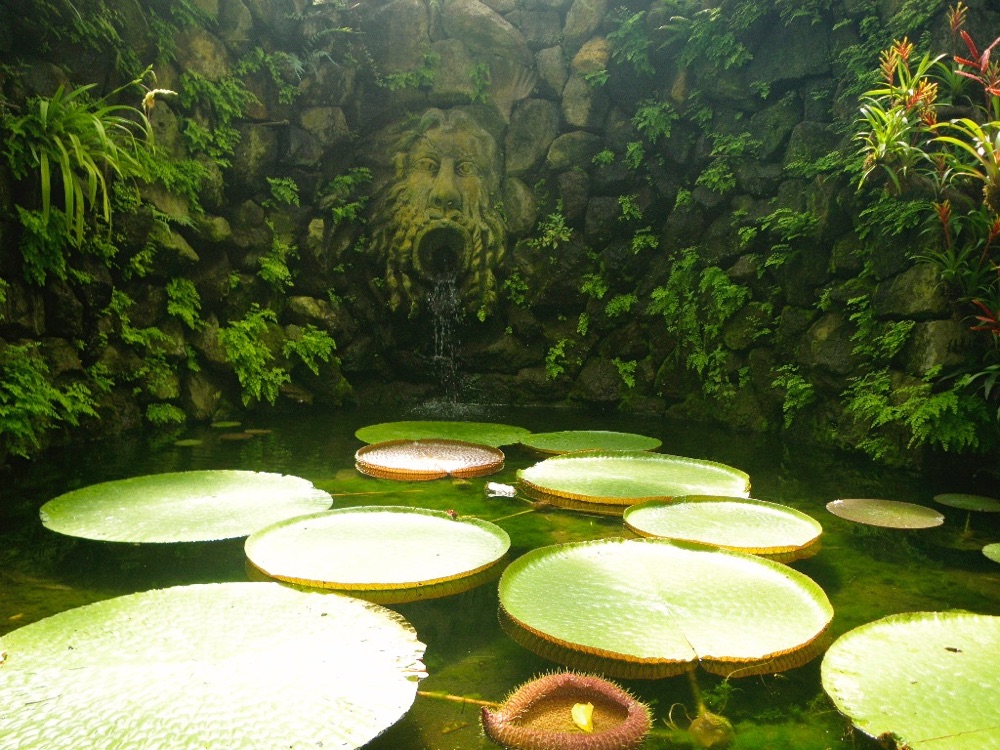
La Mortella, Ischia, Italy
-
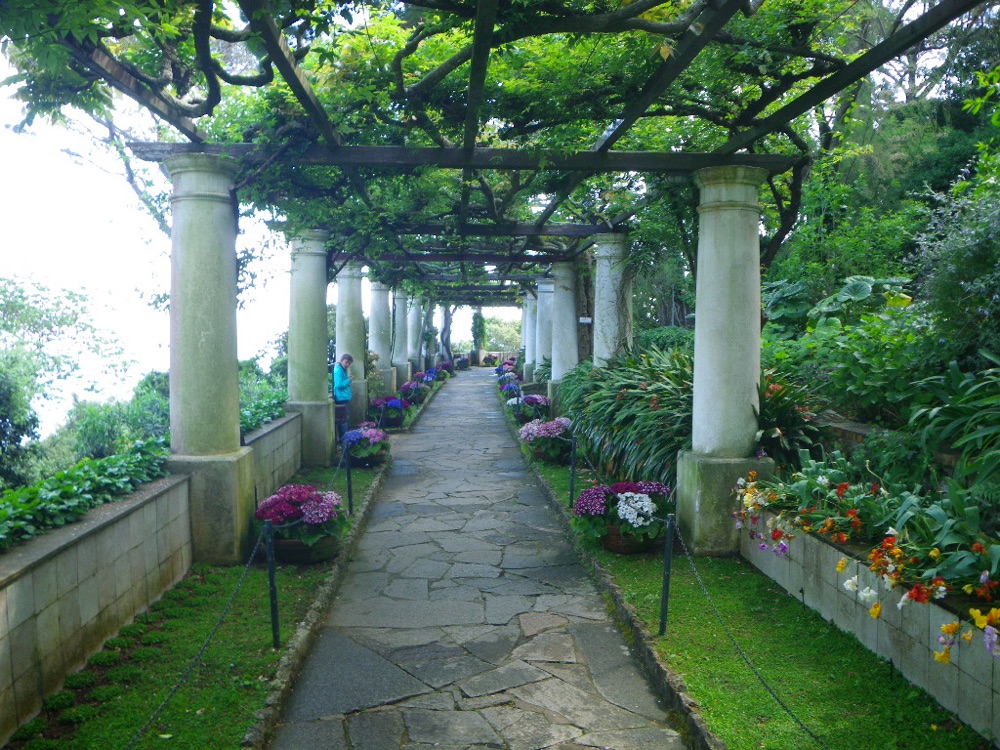
Villa San Michele, Capri, Italy
-
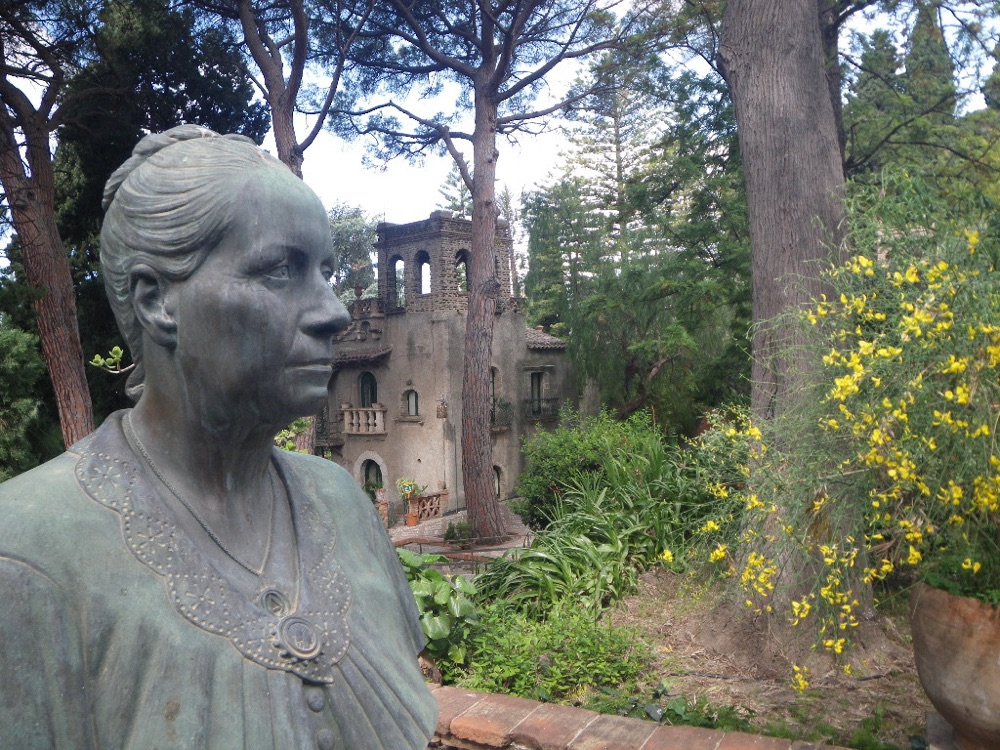
Giardini Pubblici Taormina, Sicily
-
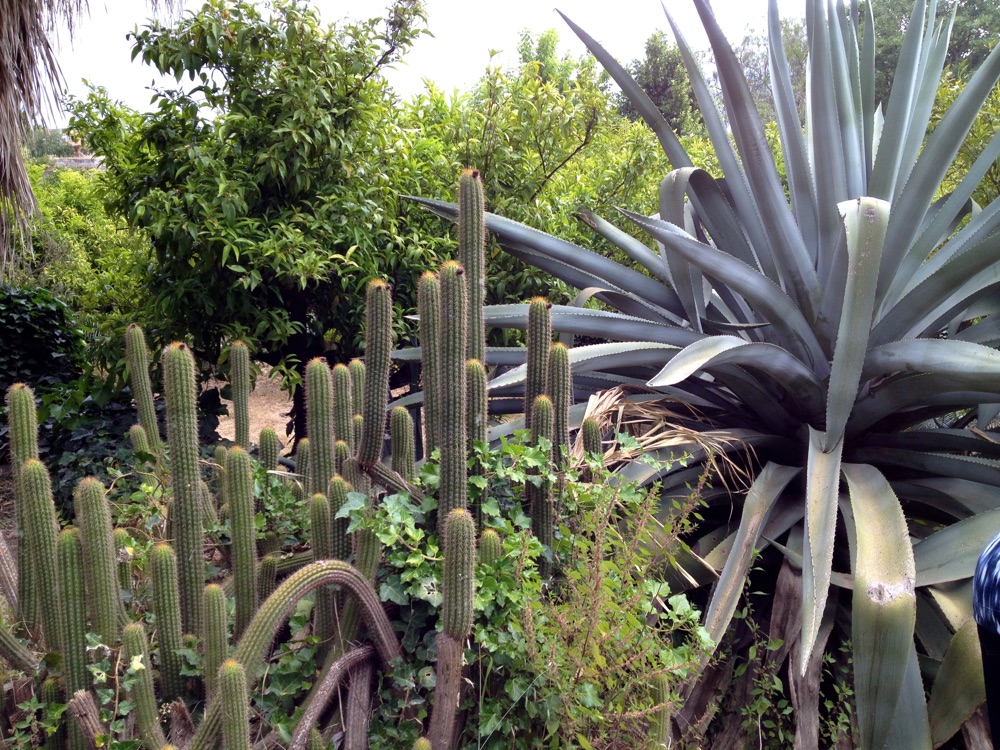
Villa Trinita, Sicily, Italy
-
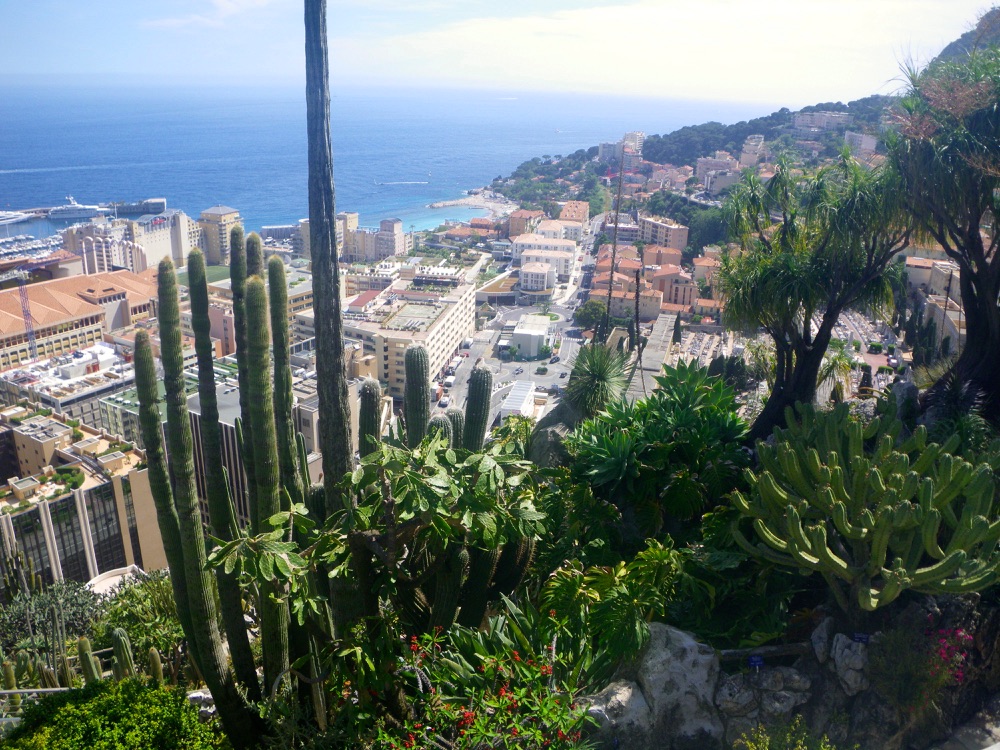
Jardin Exotique de Monaco
-
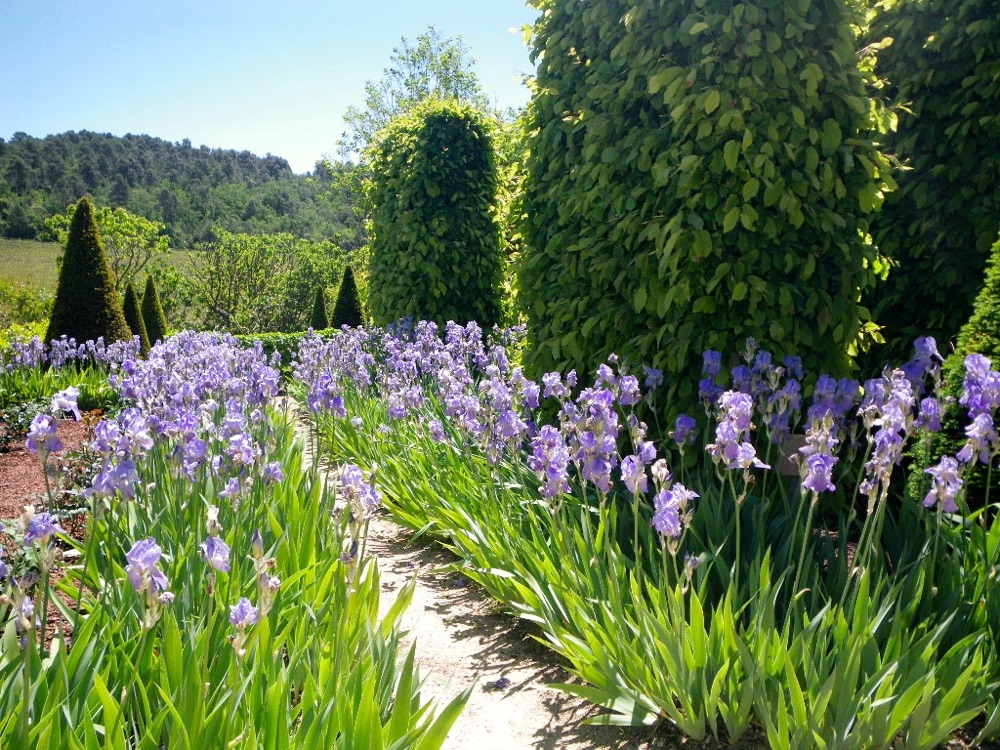
Jardin du Chateau Val Joanis, Pertuis, France
-
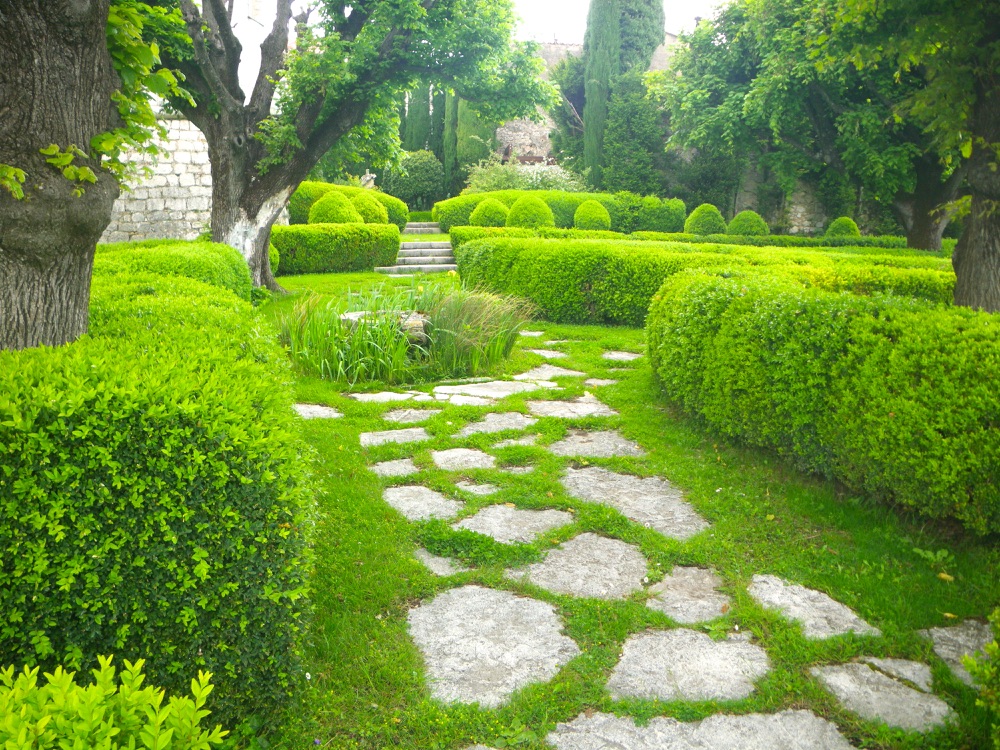
Chateau de Gourdon, Gourdon, France
-
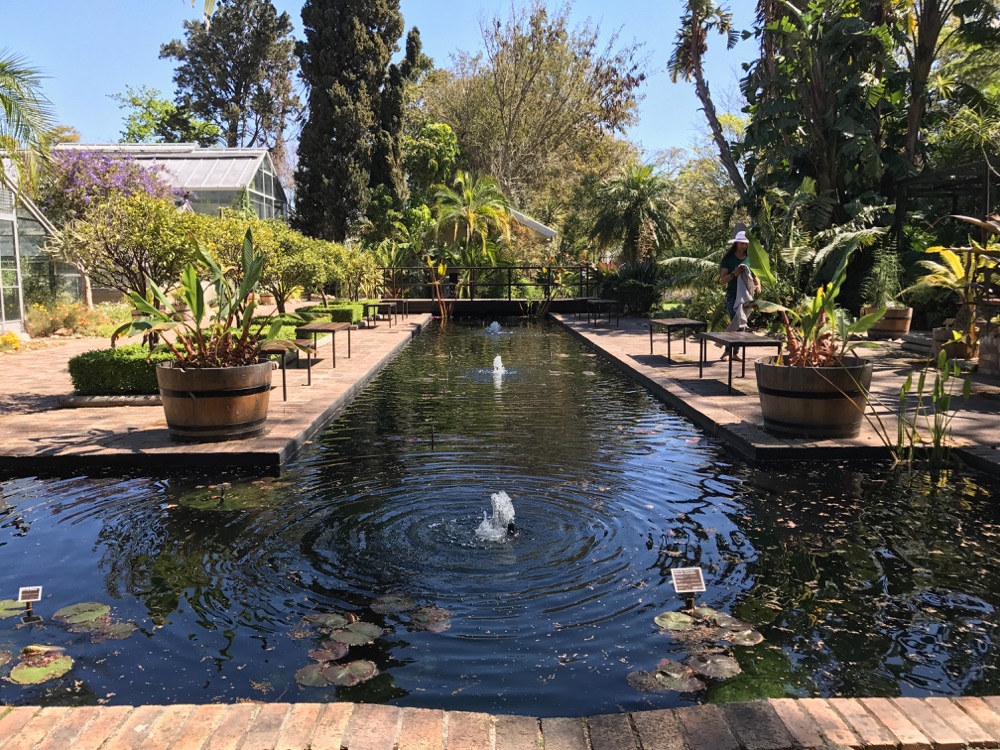
Stellenbosch Botanic Garden, Stellenbosch, South Africa
-
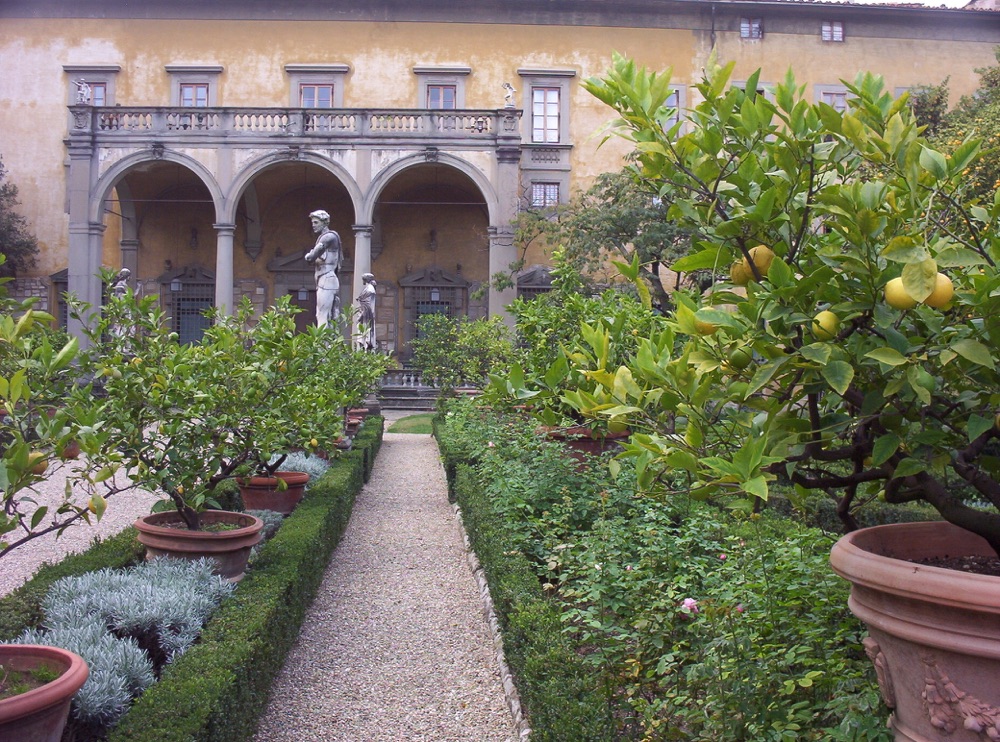
Giardini Corsini al Prato, Florence, Italy
-
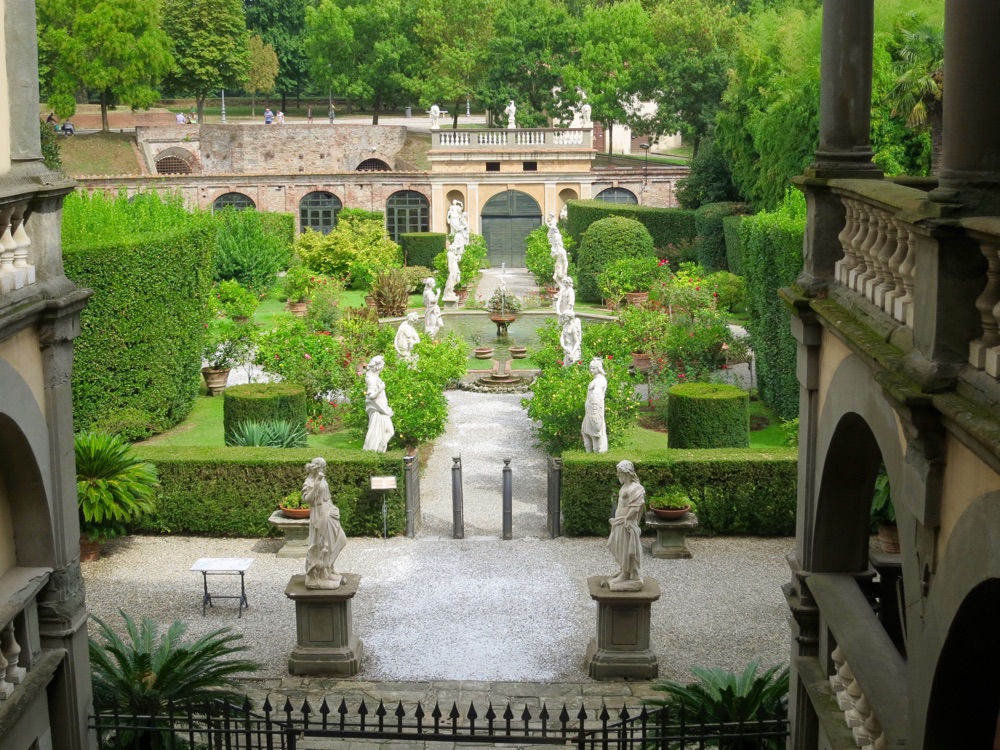
Palazzo Pfanner, Lucca, Italy




































